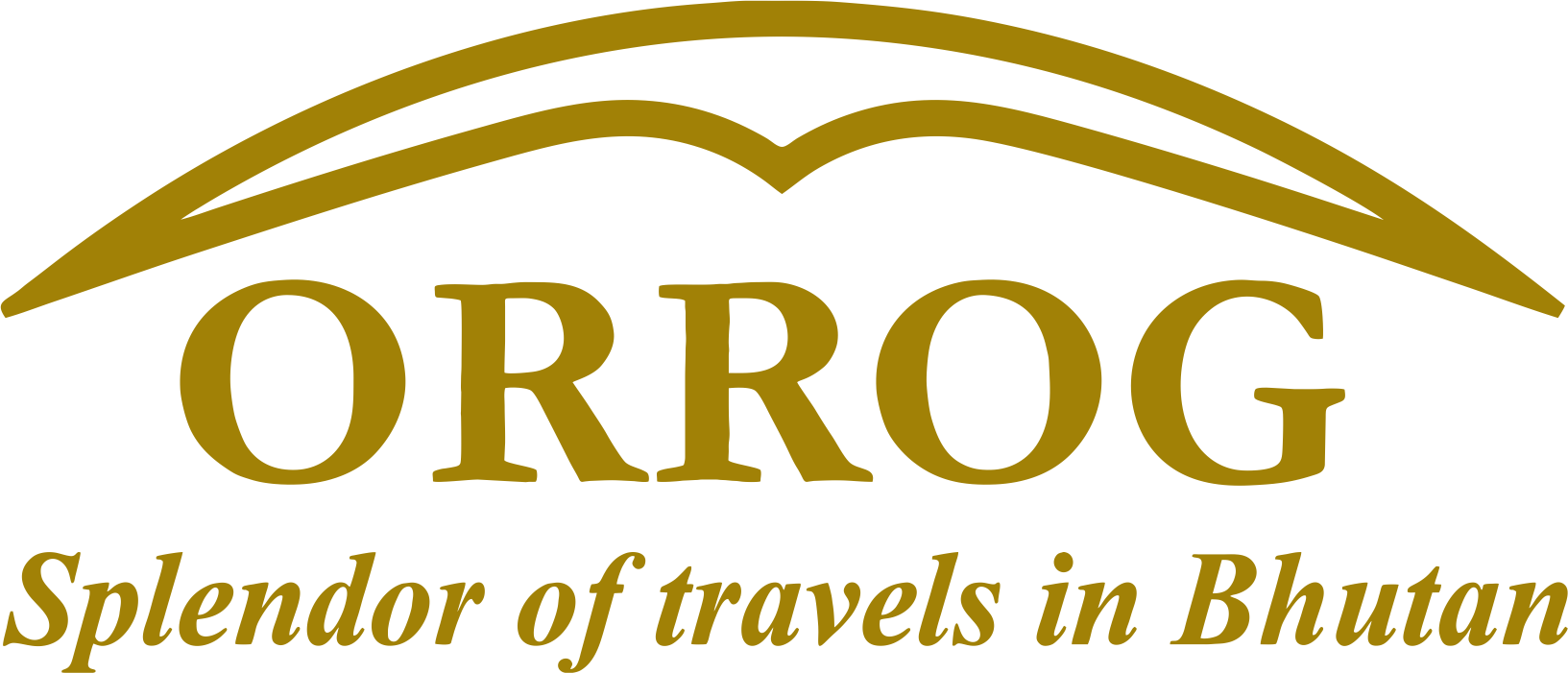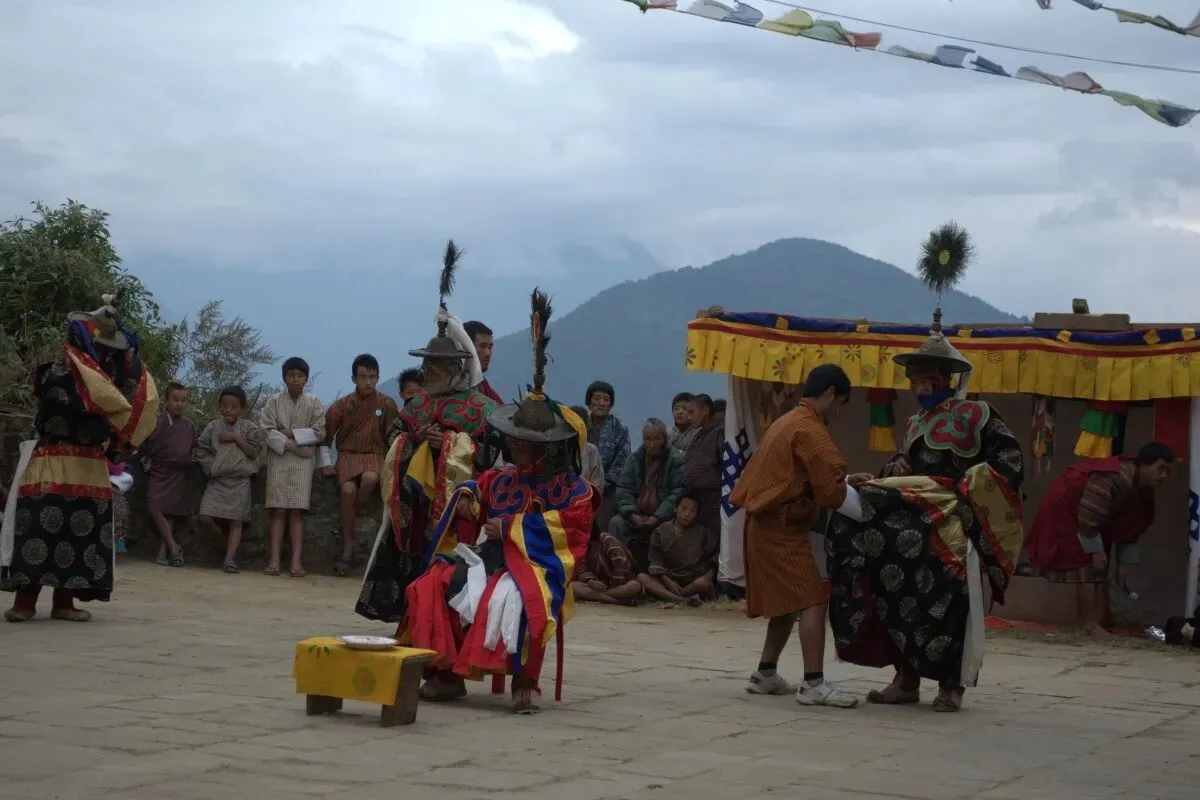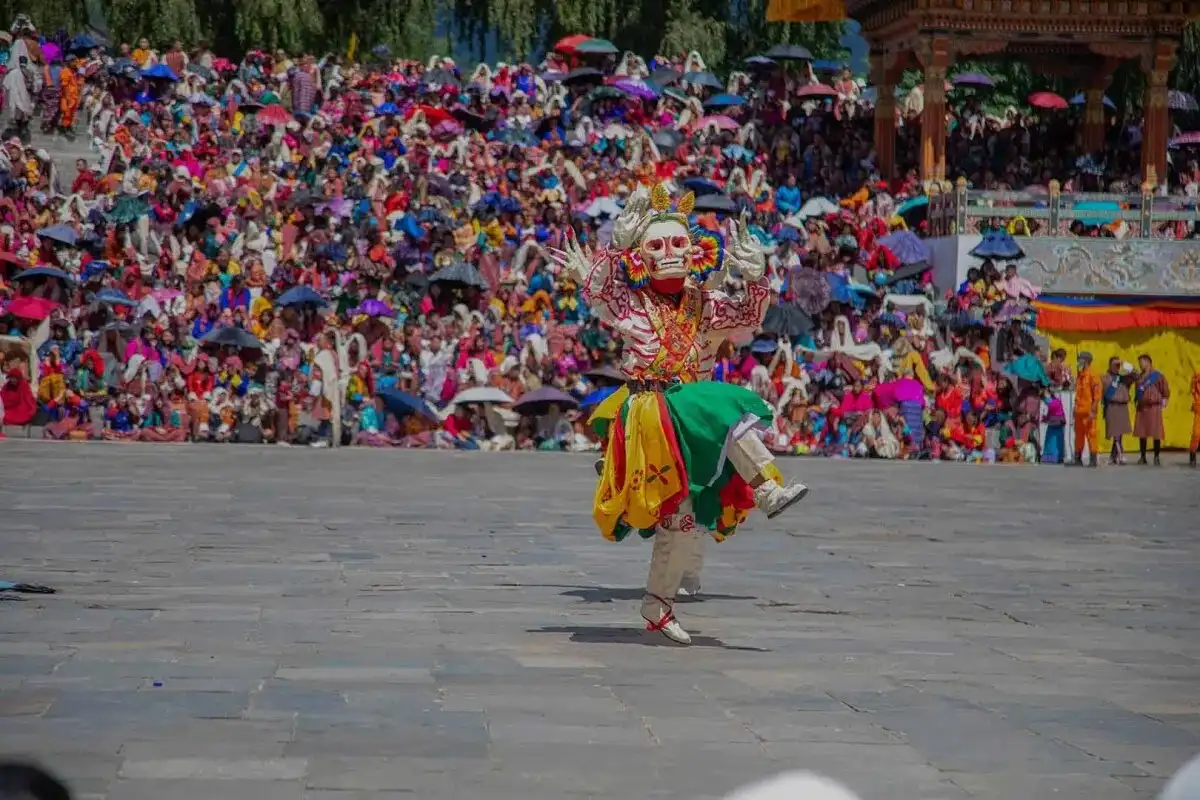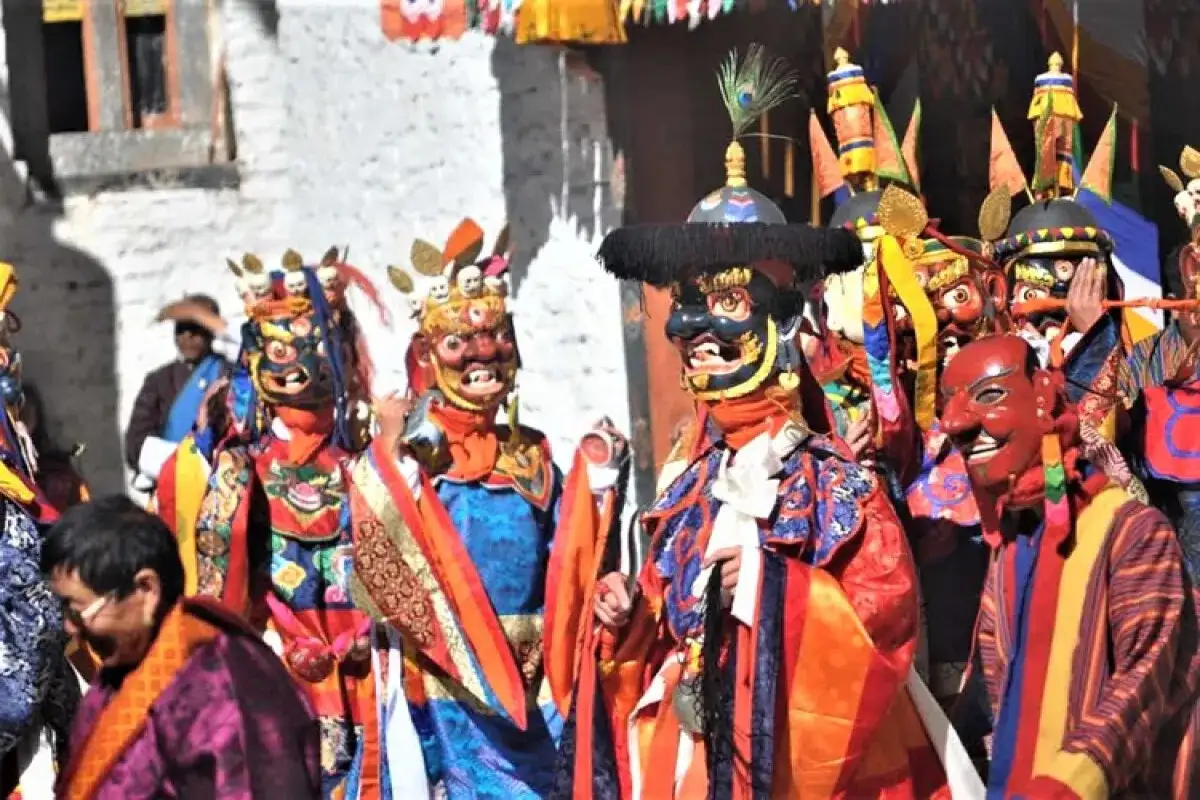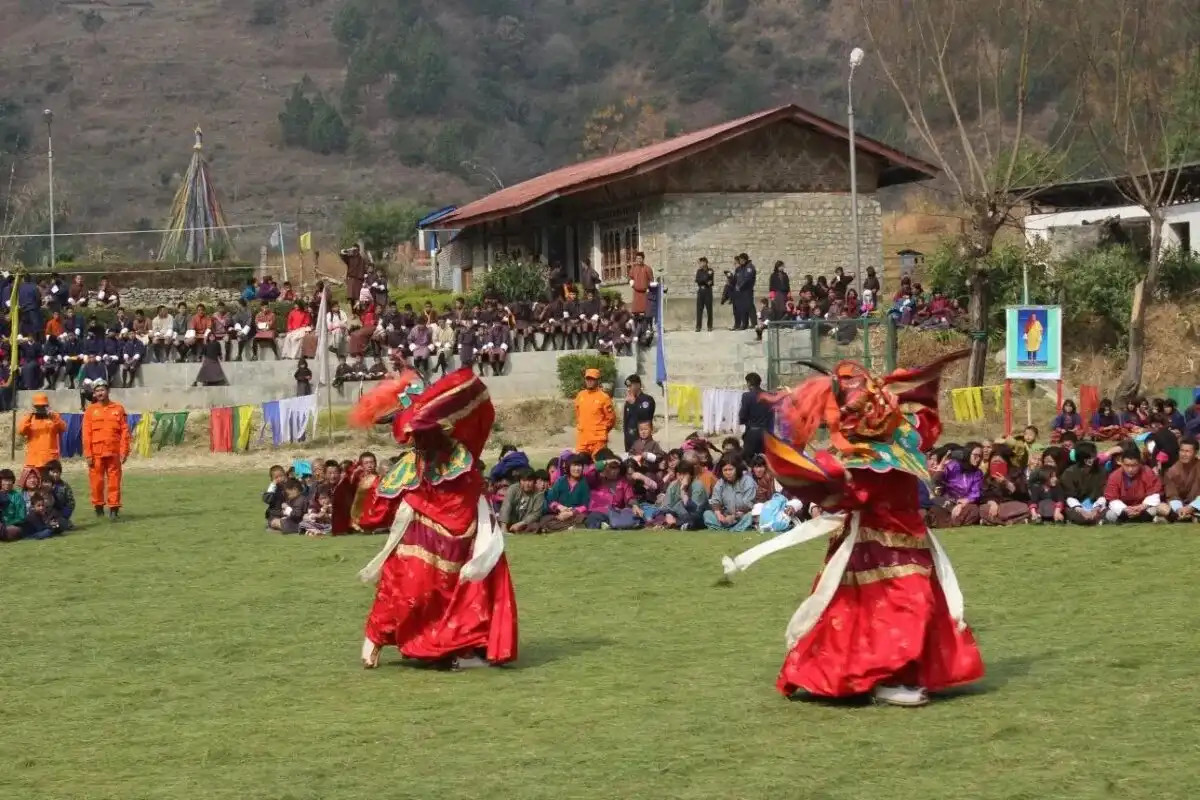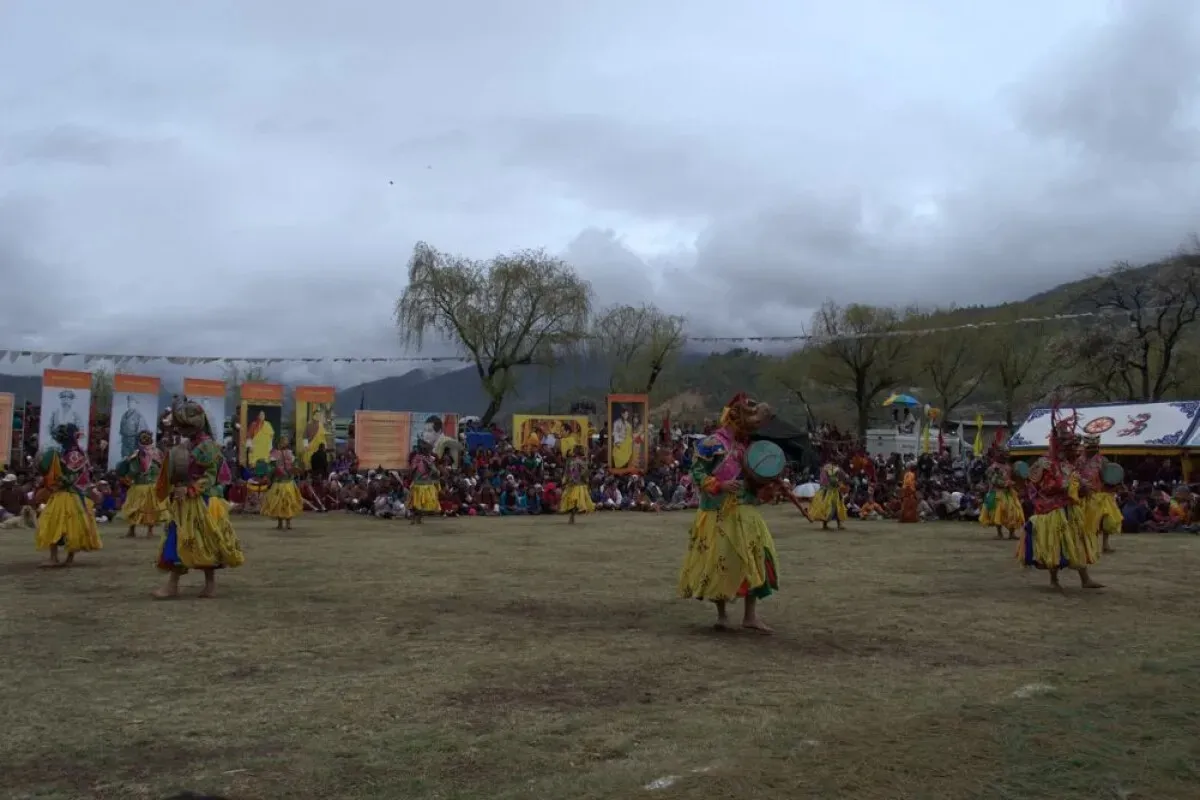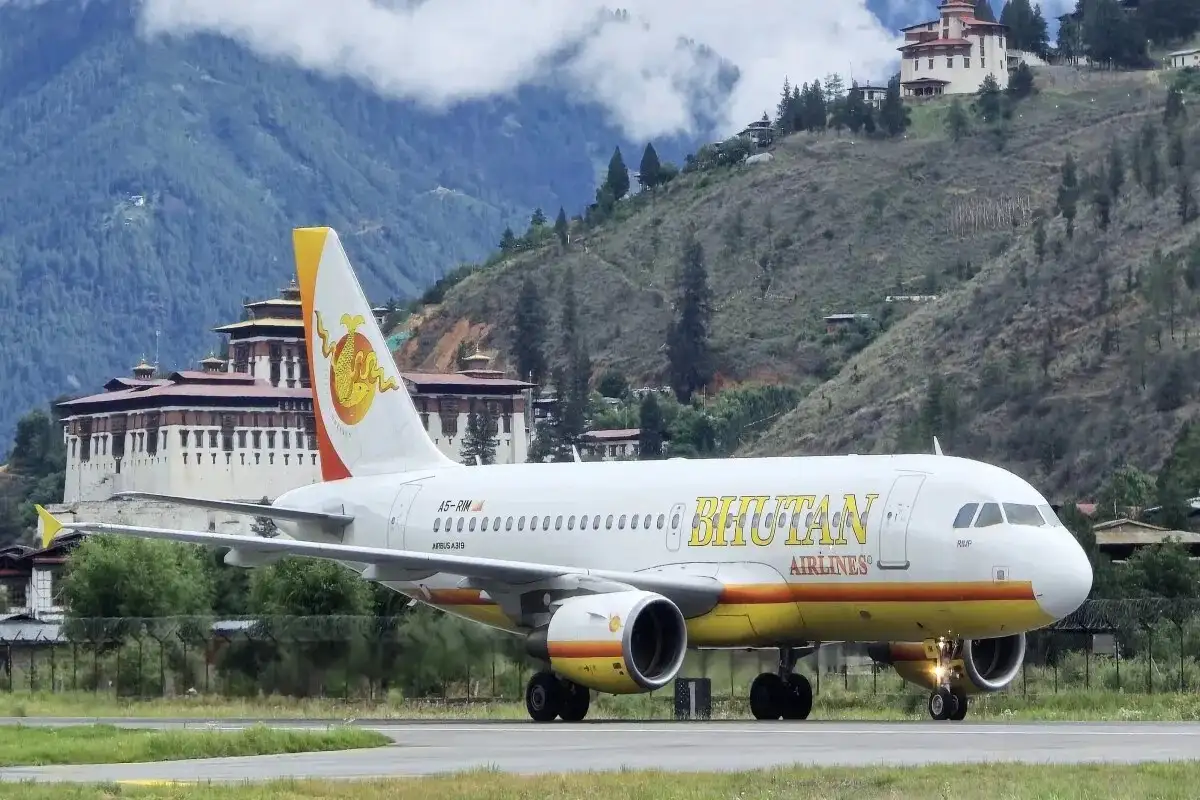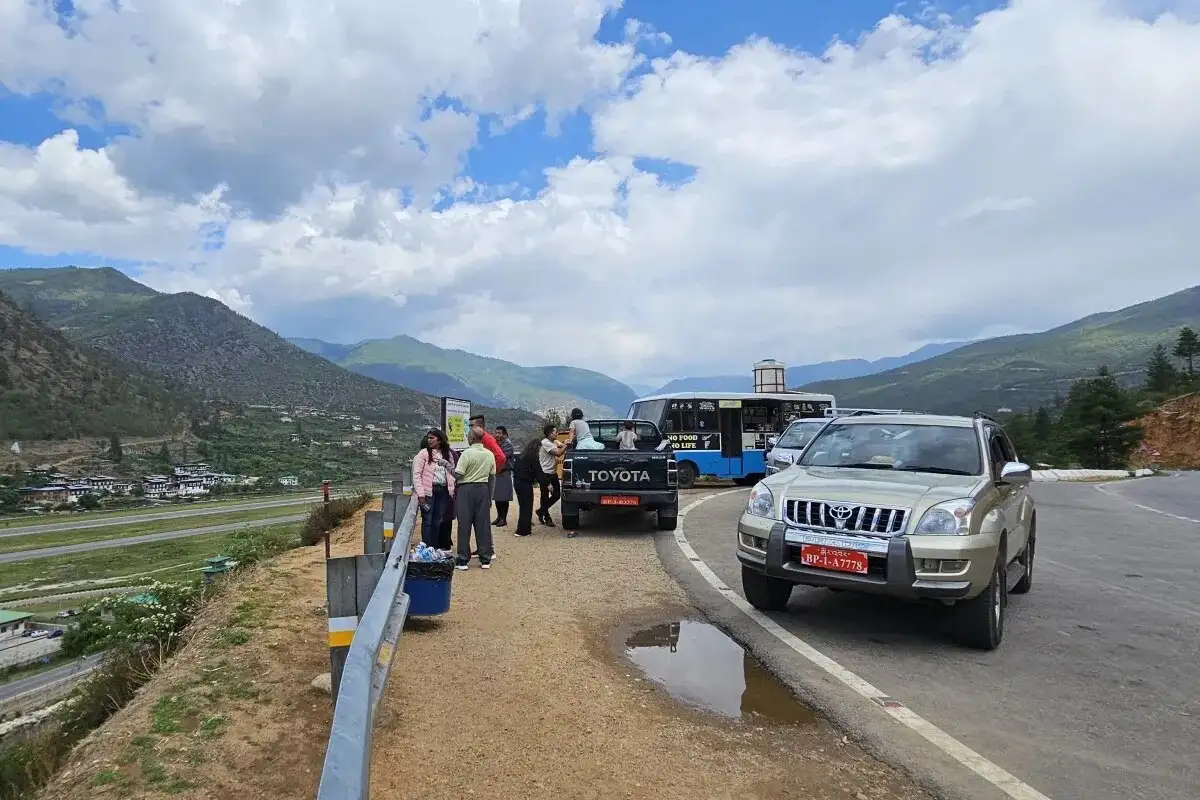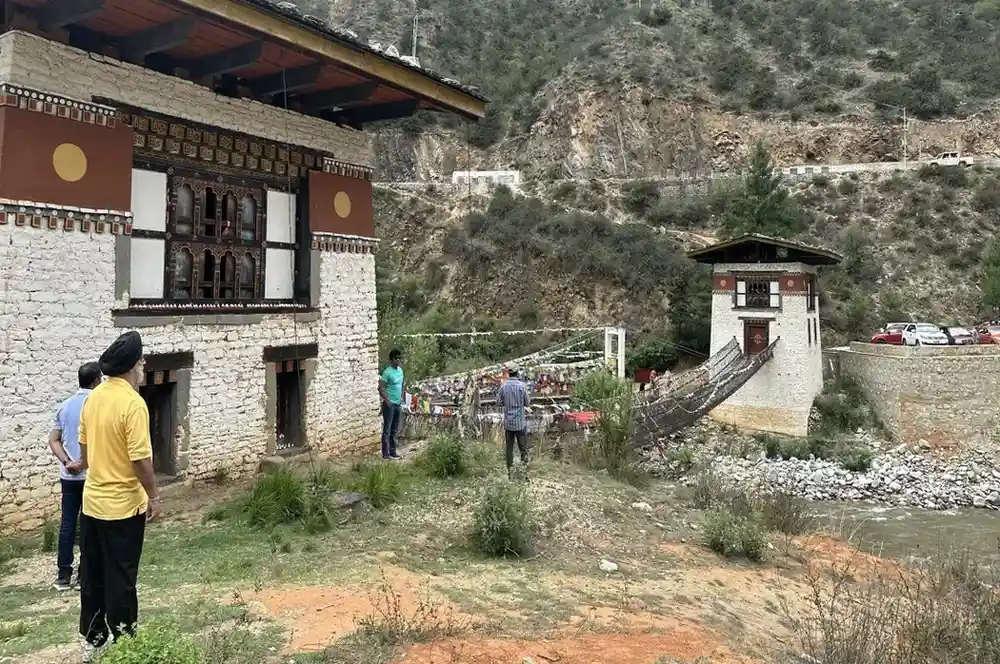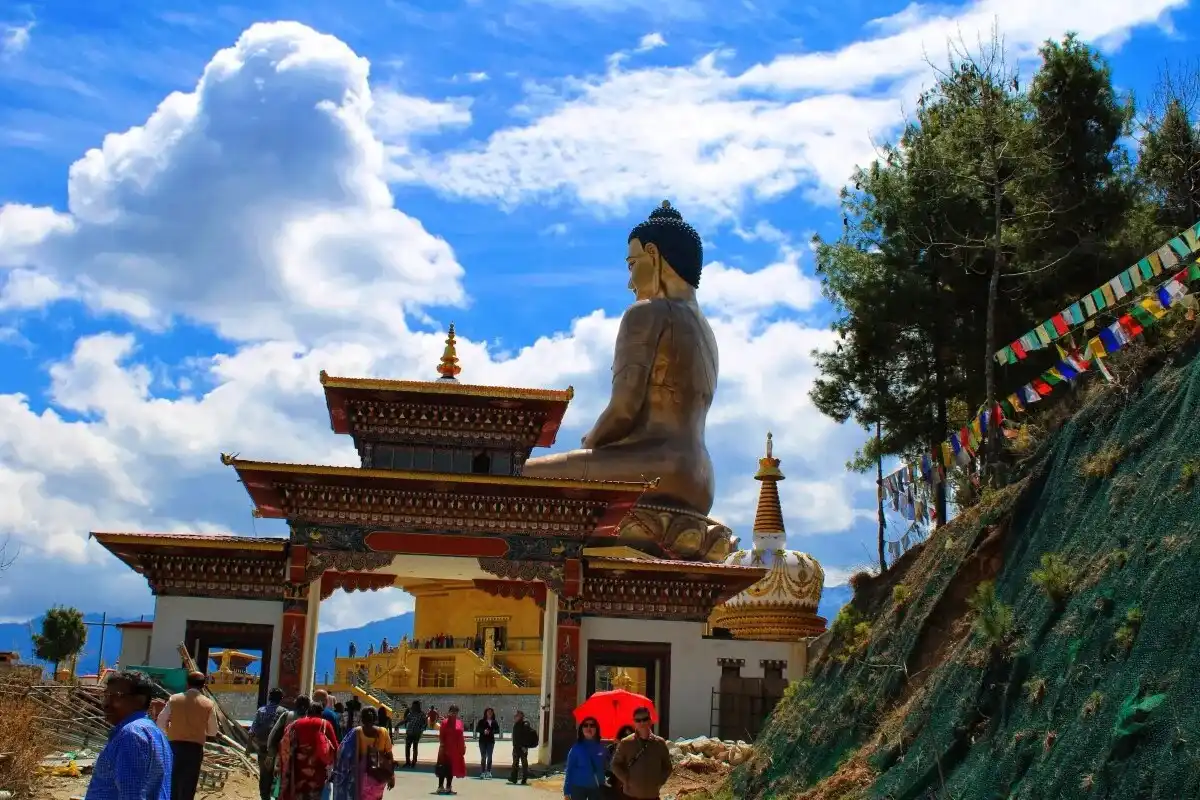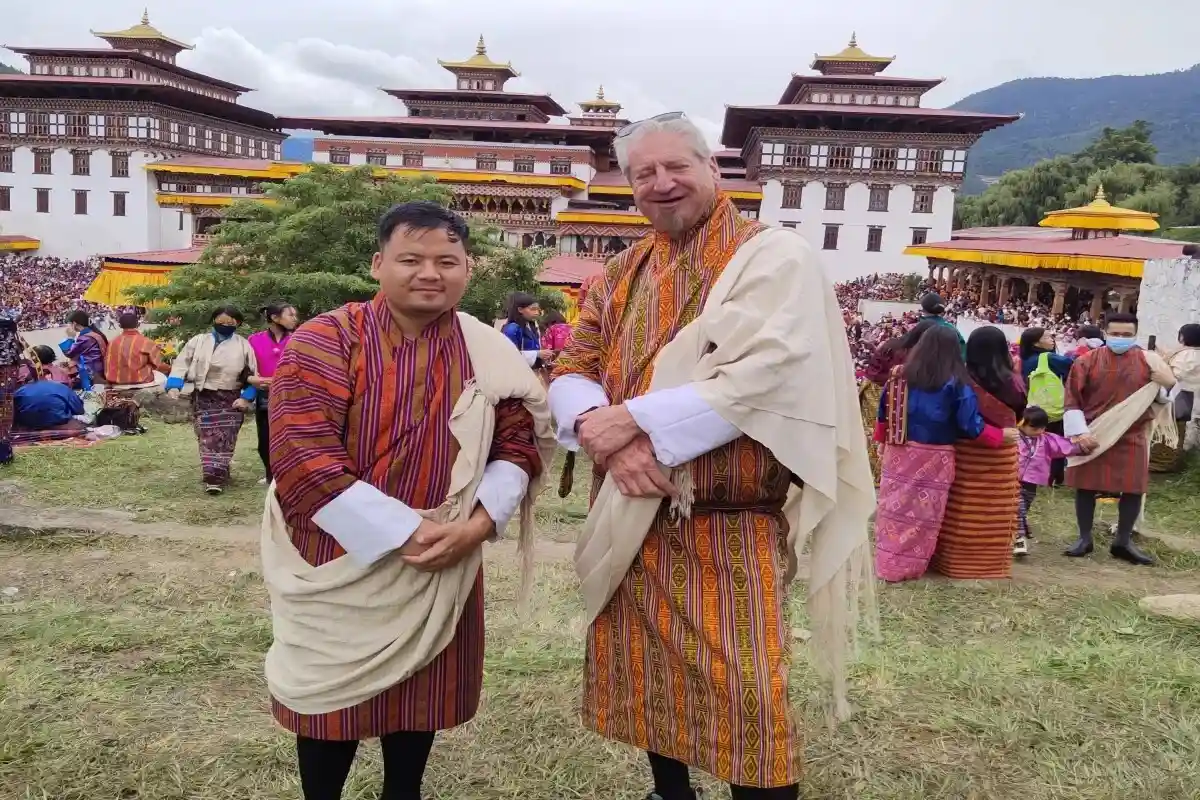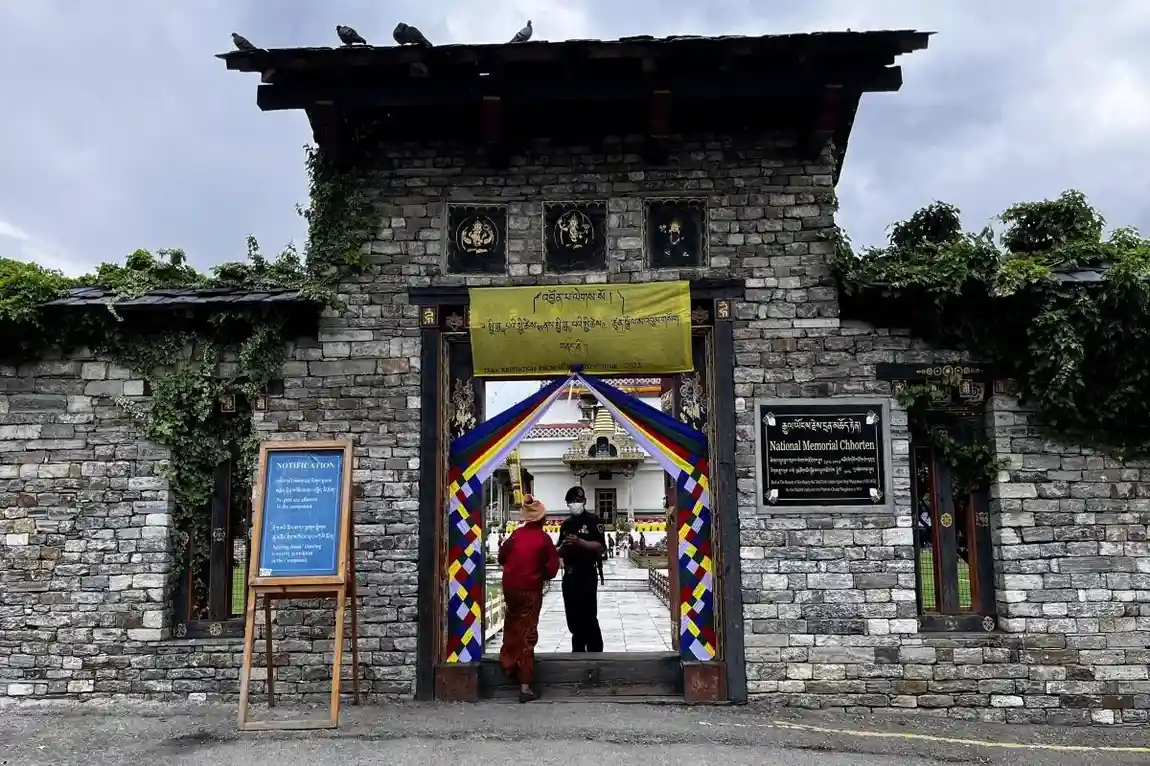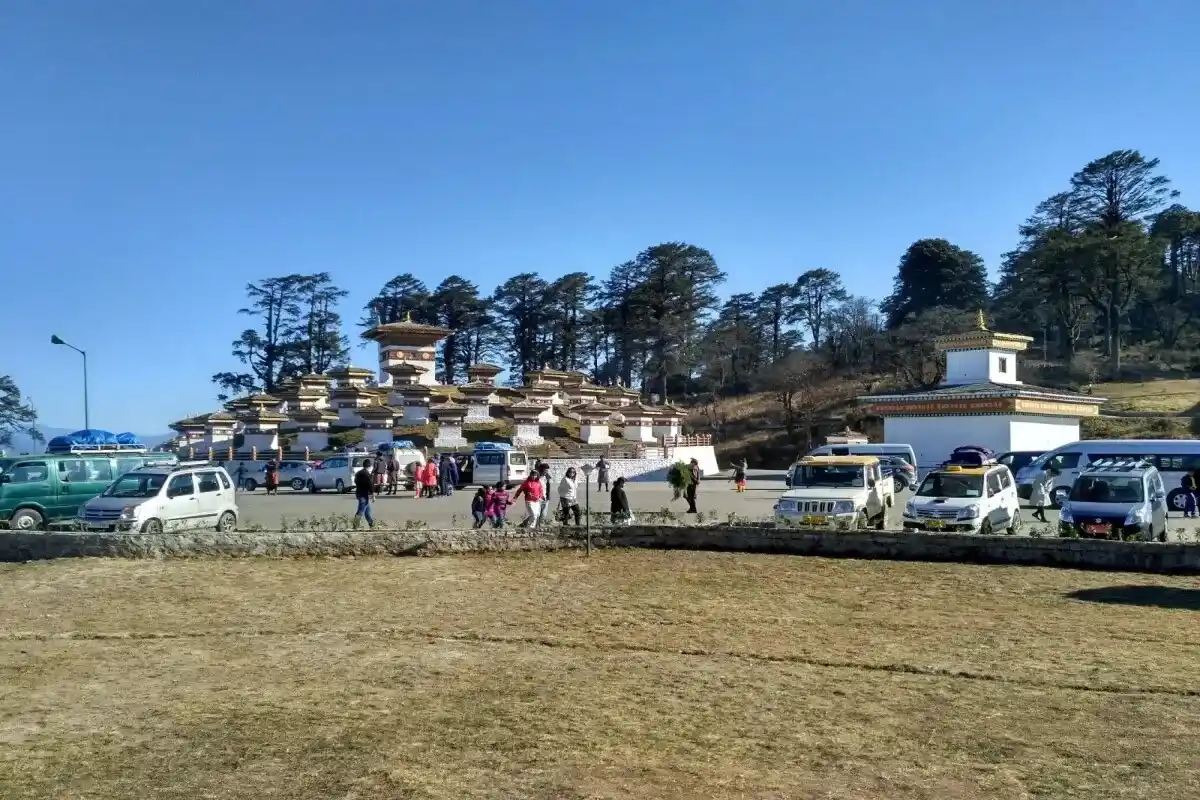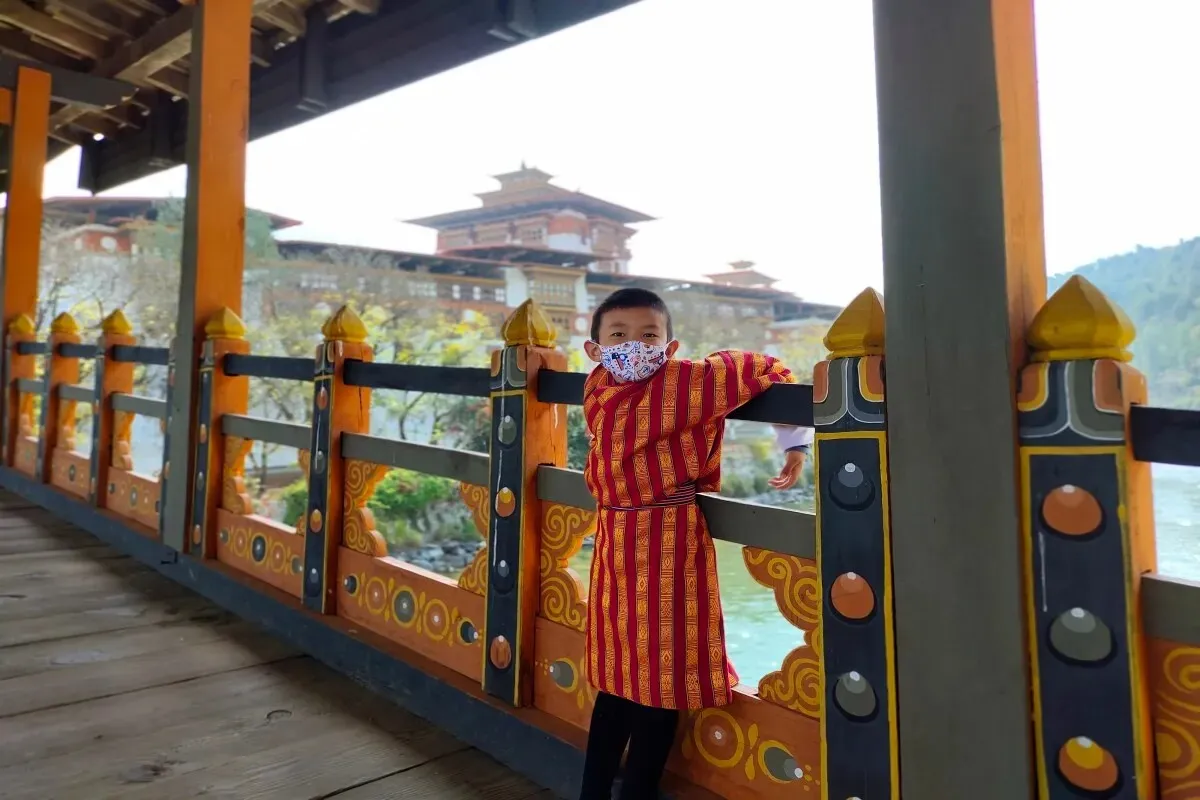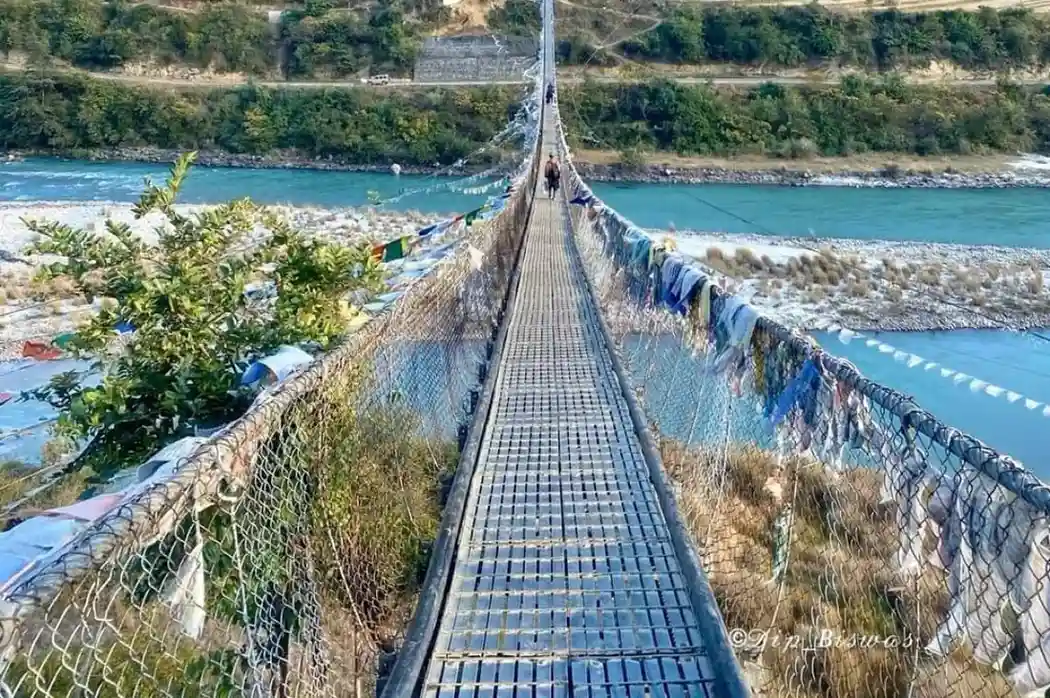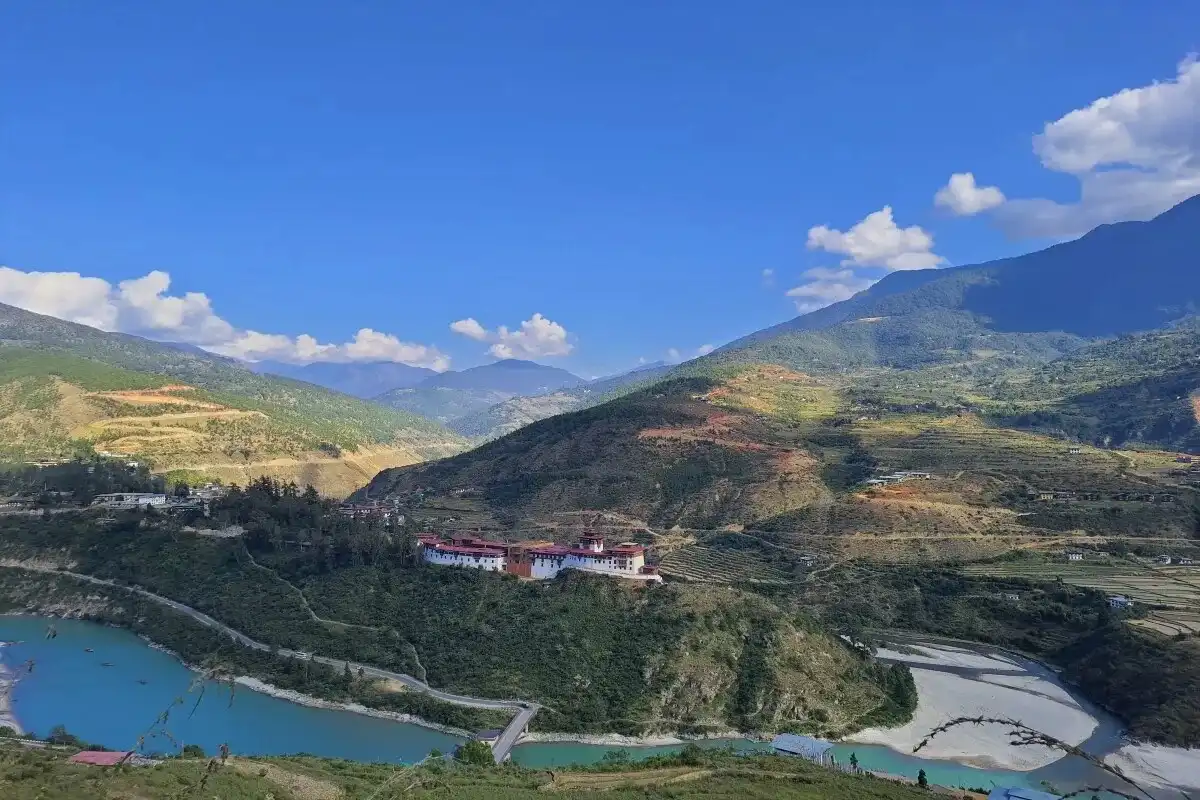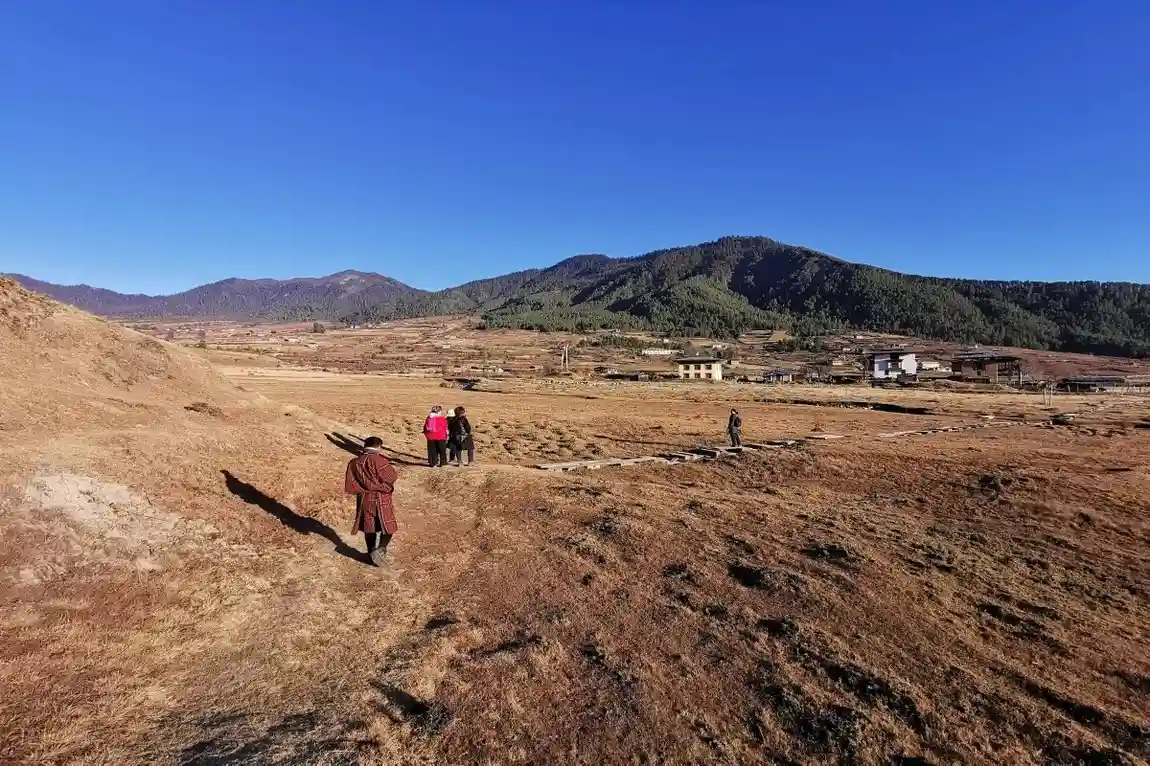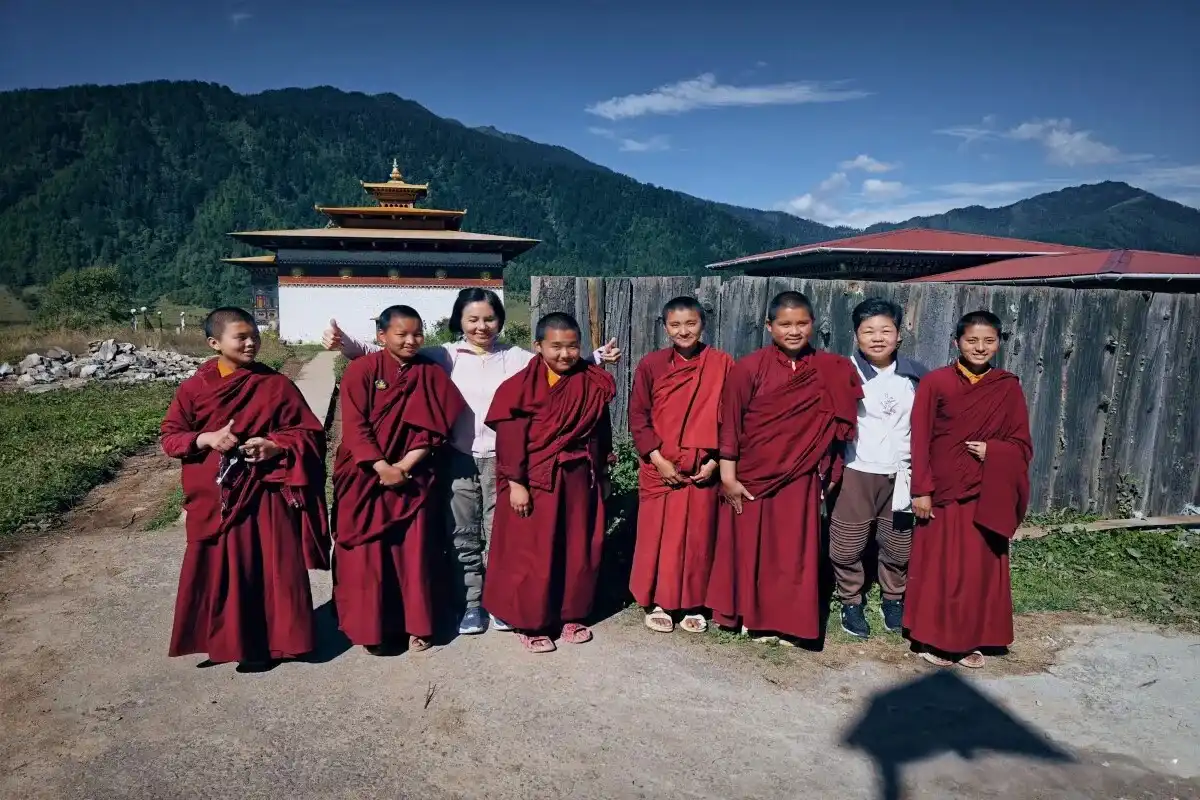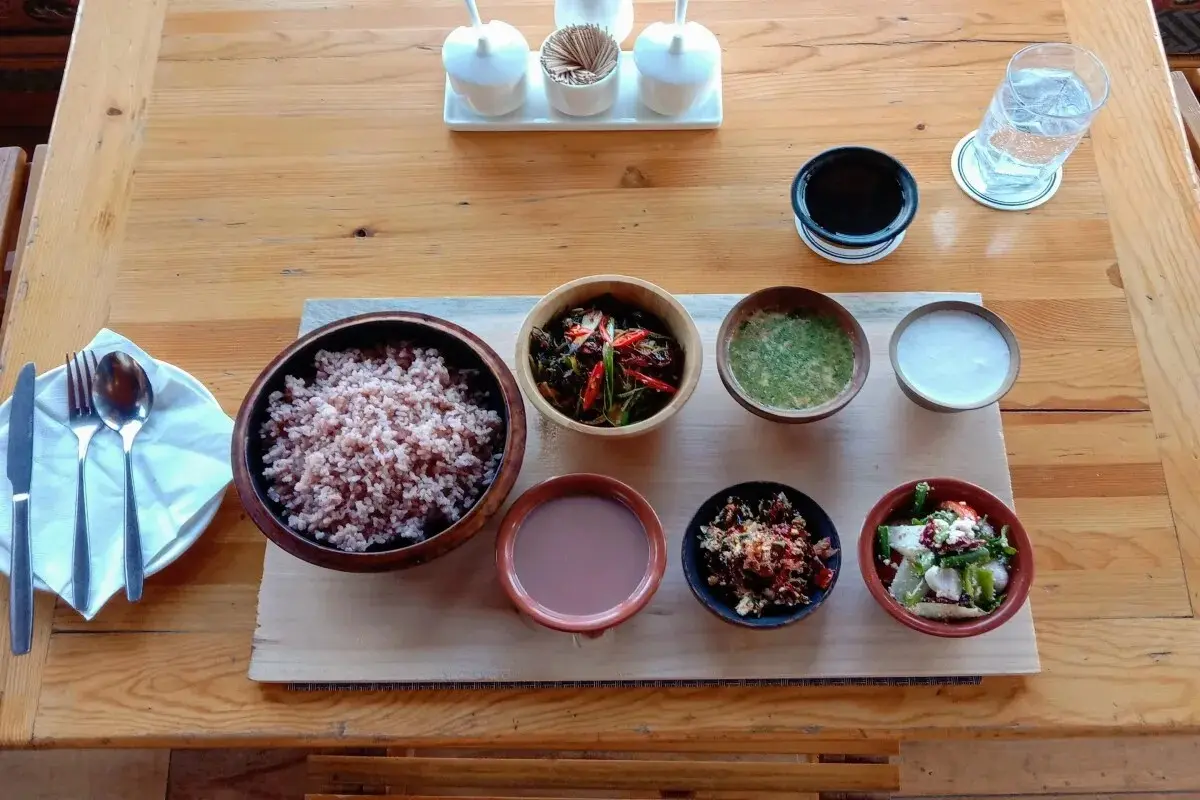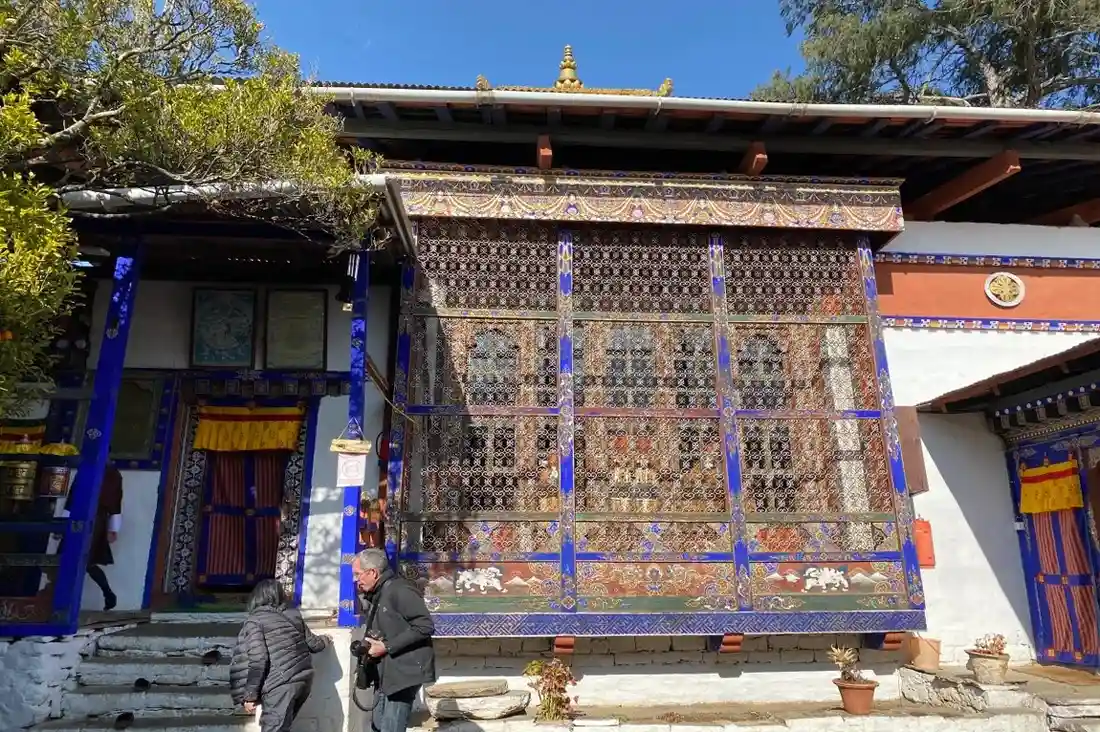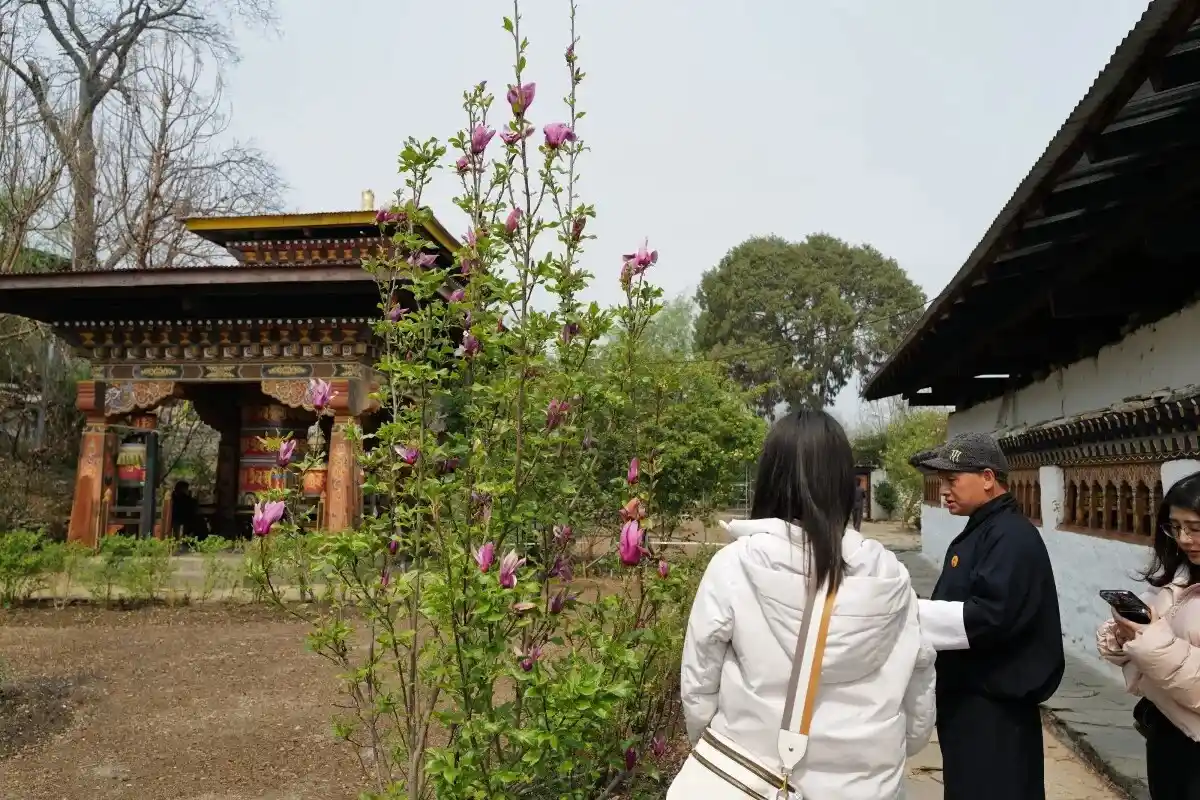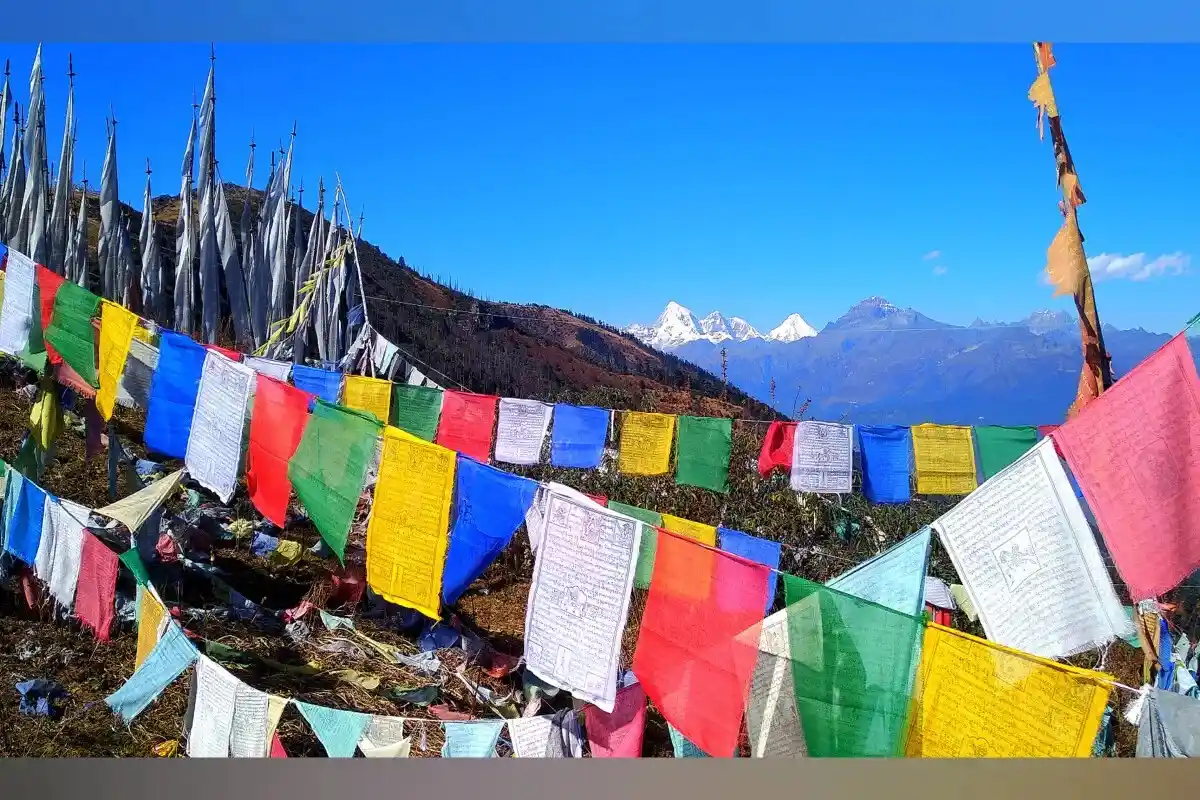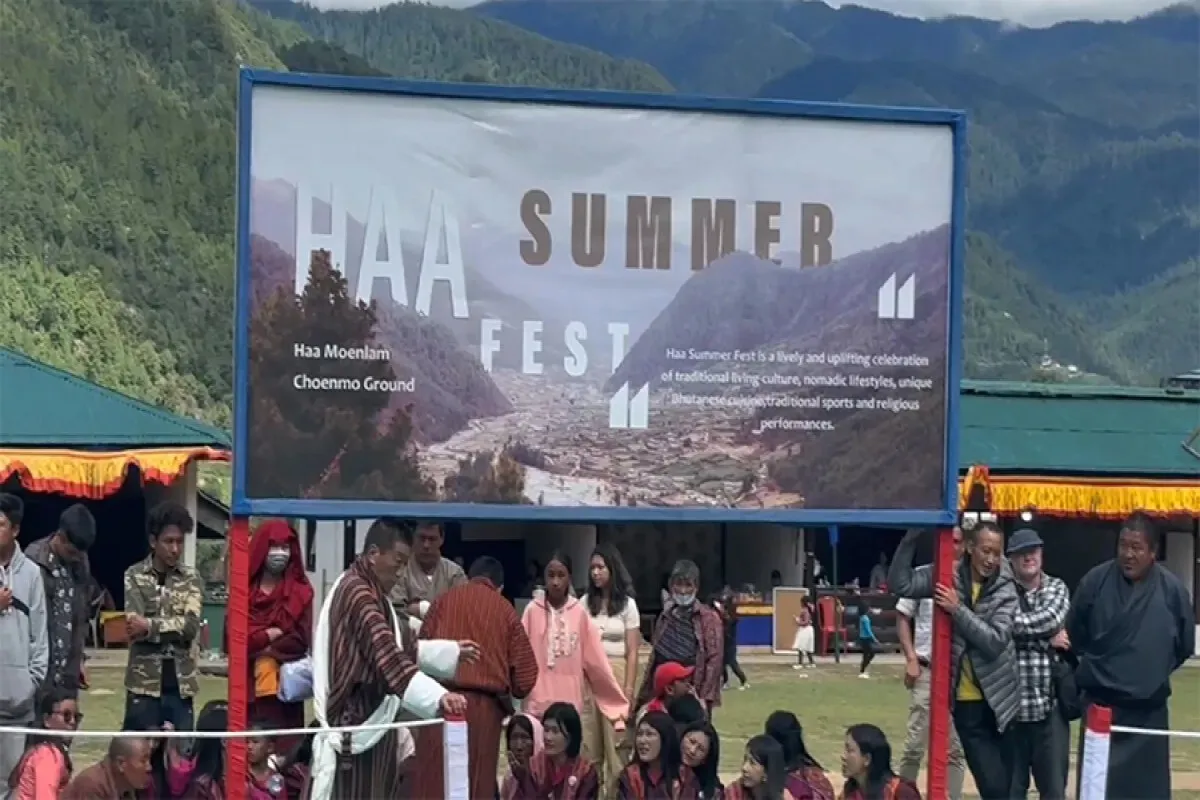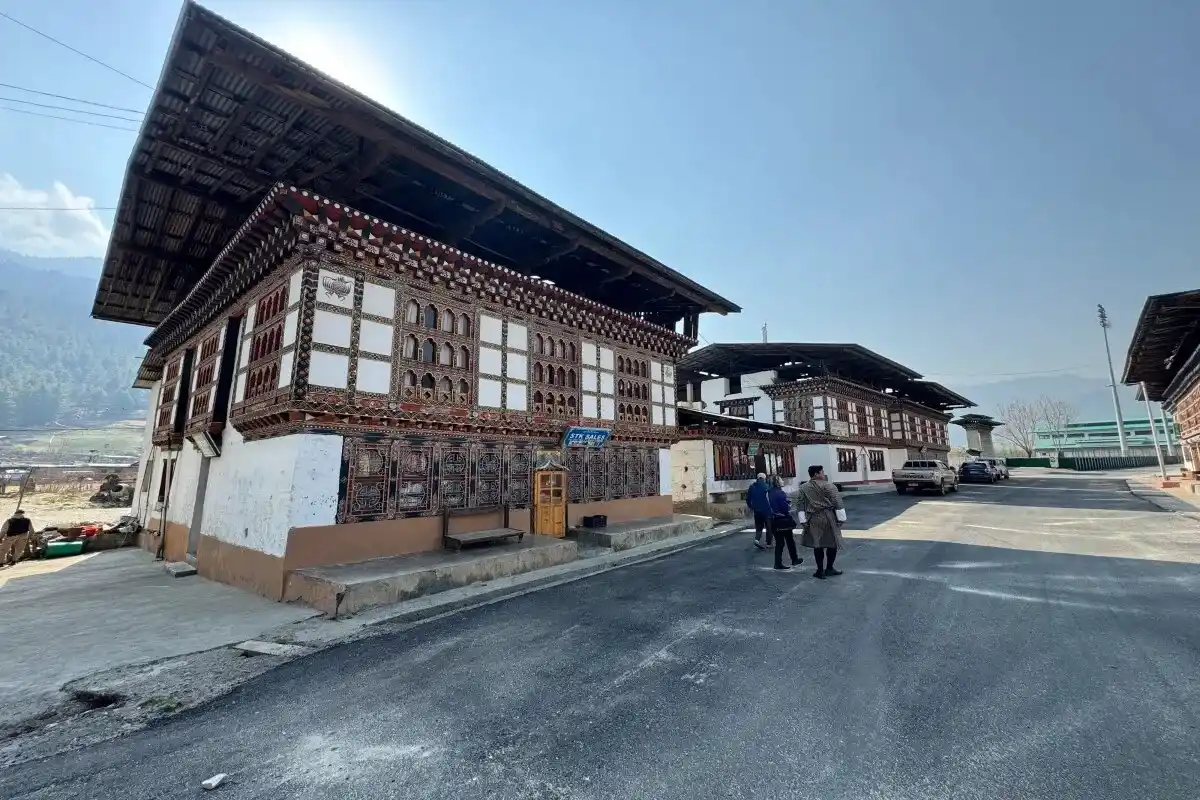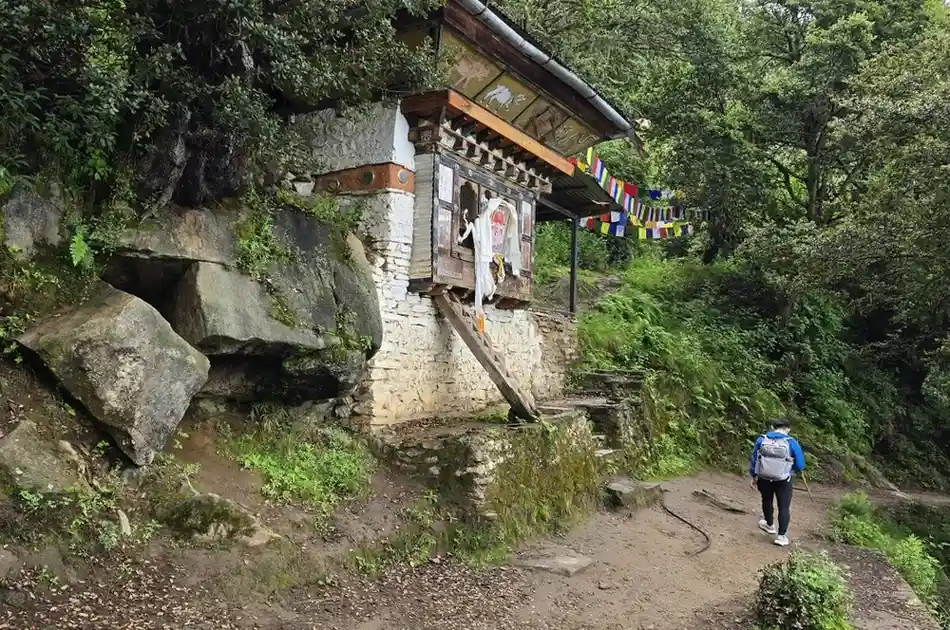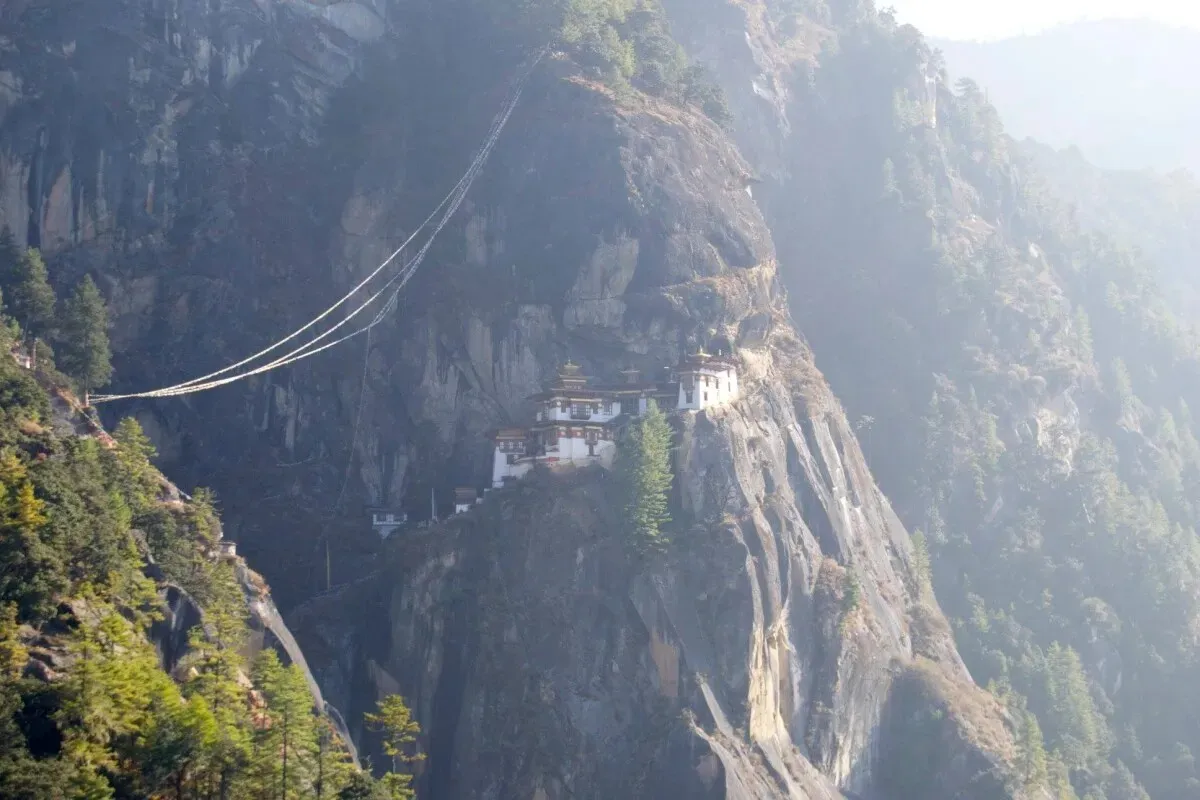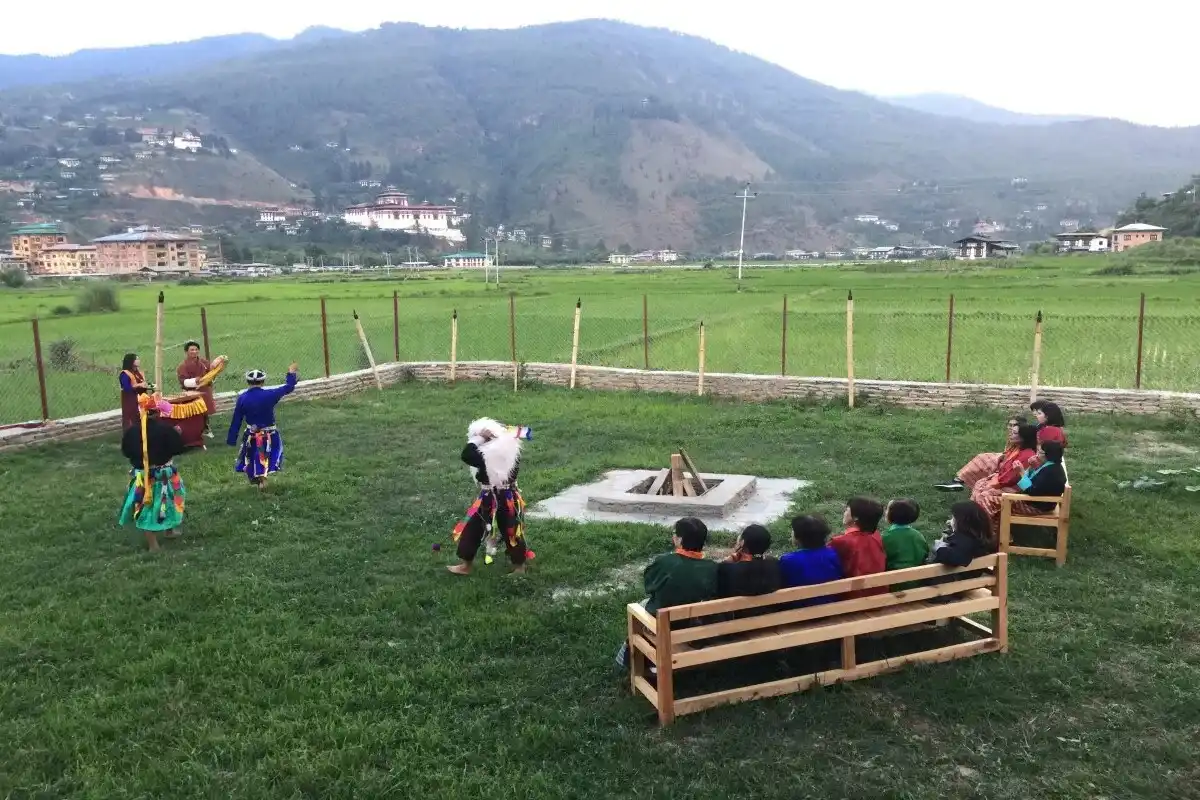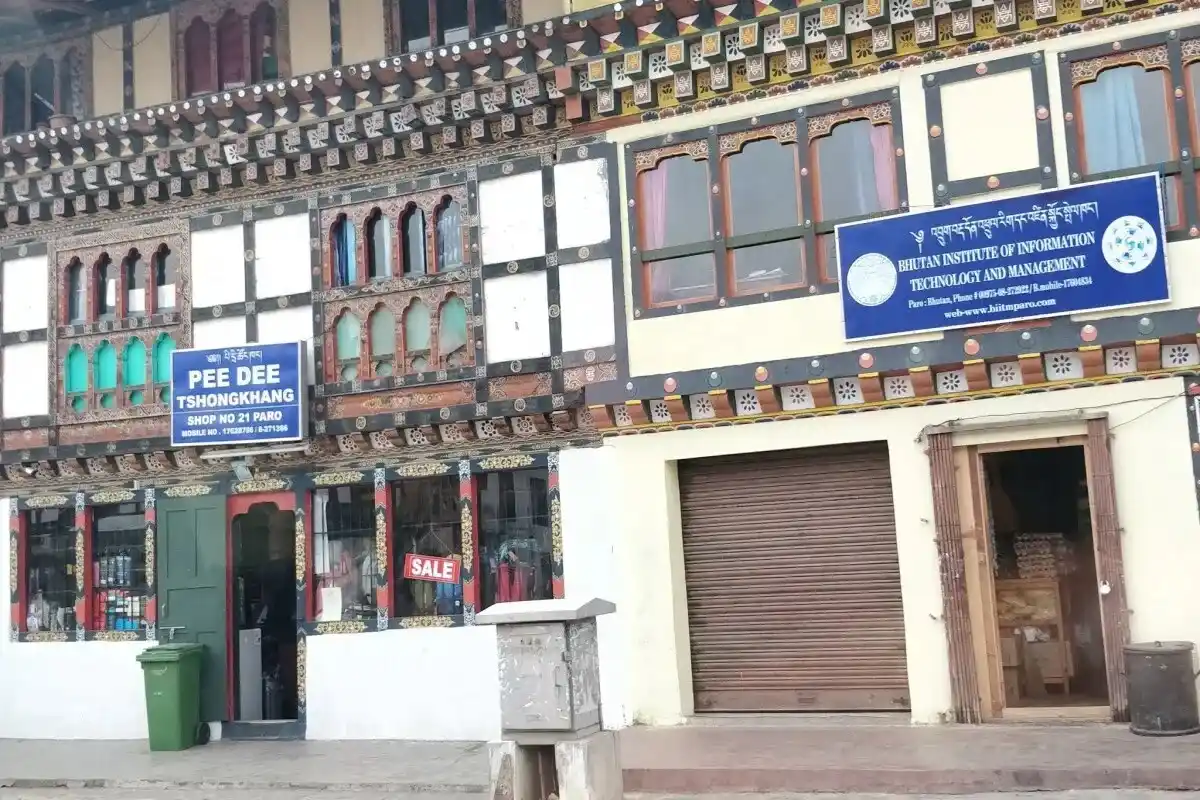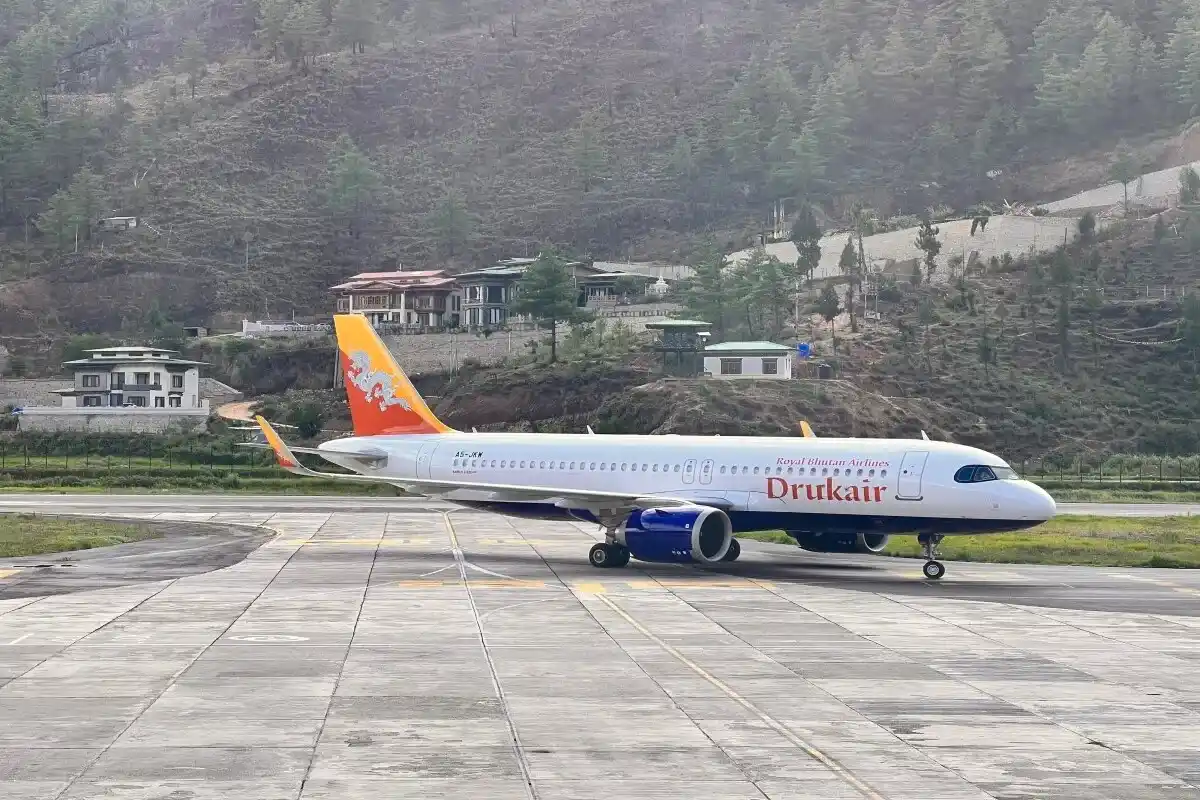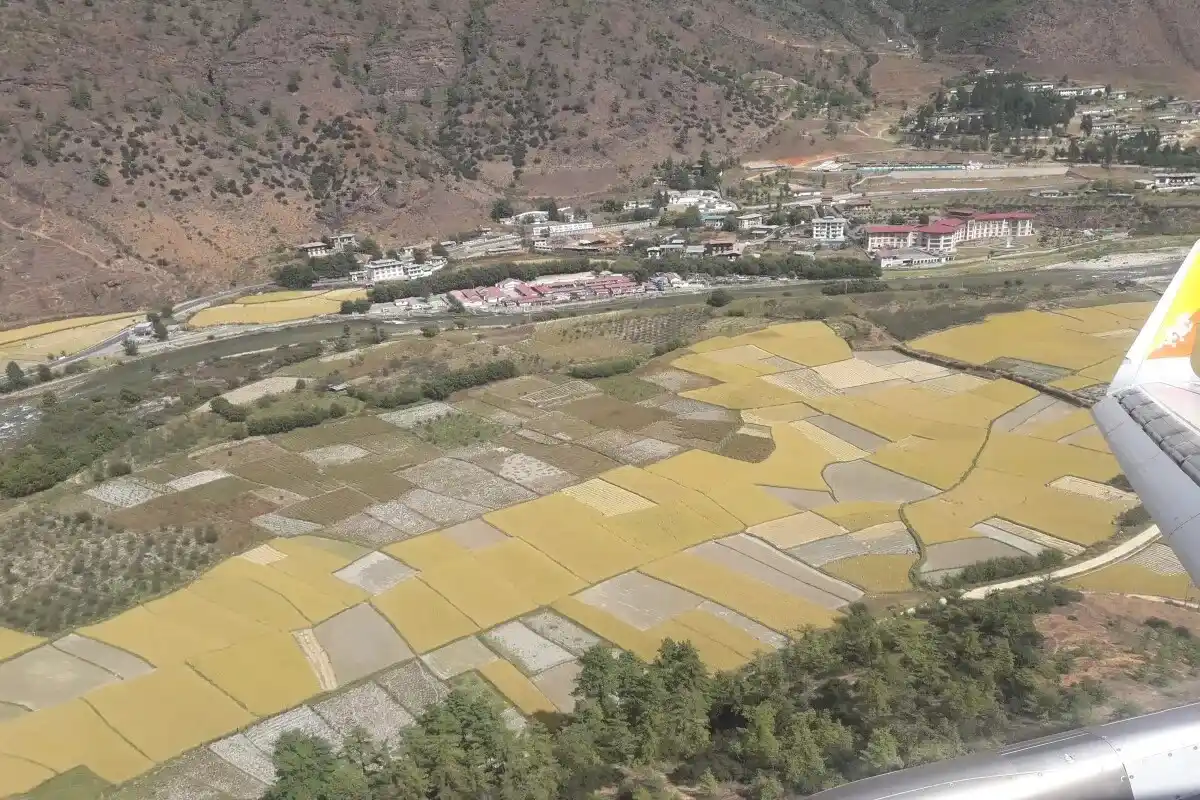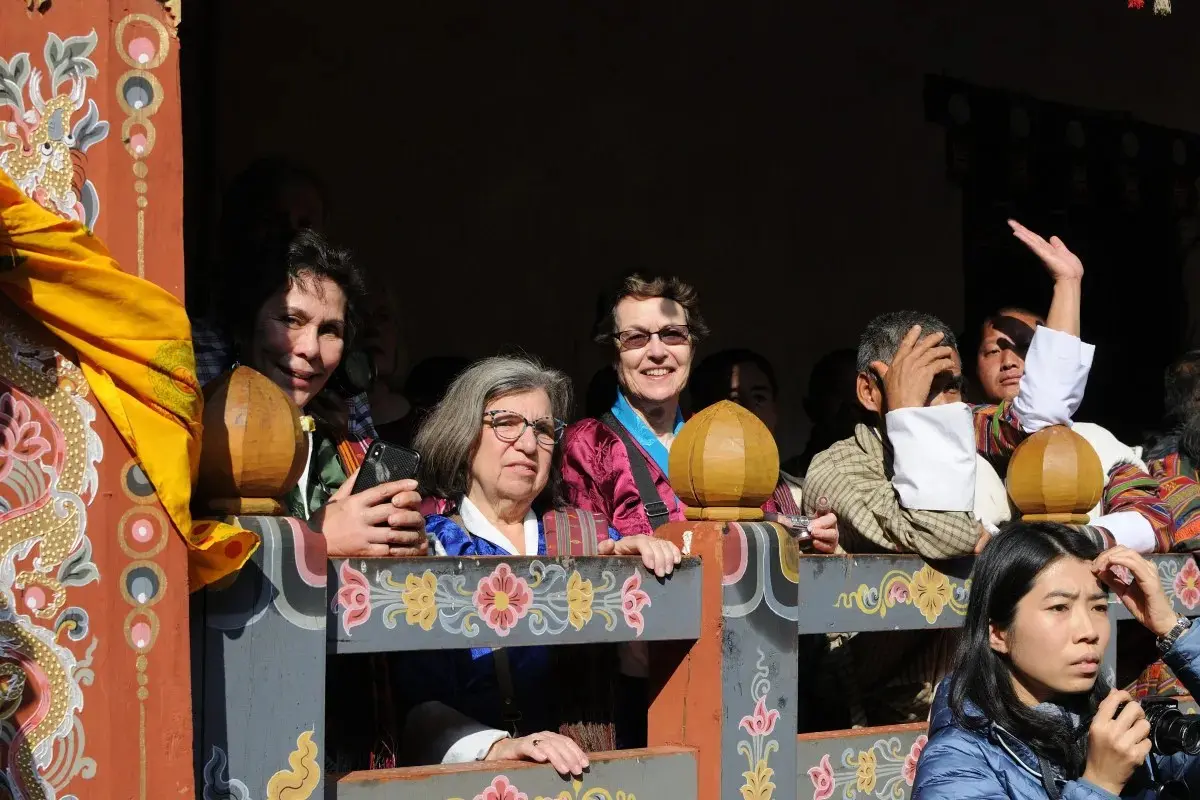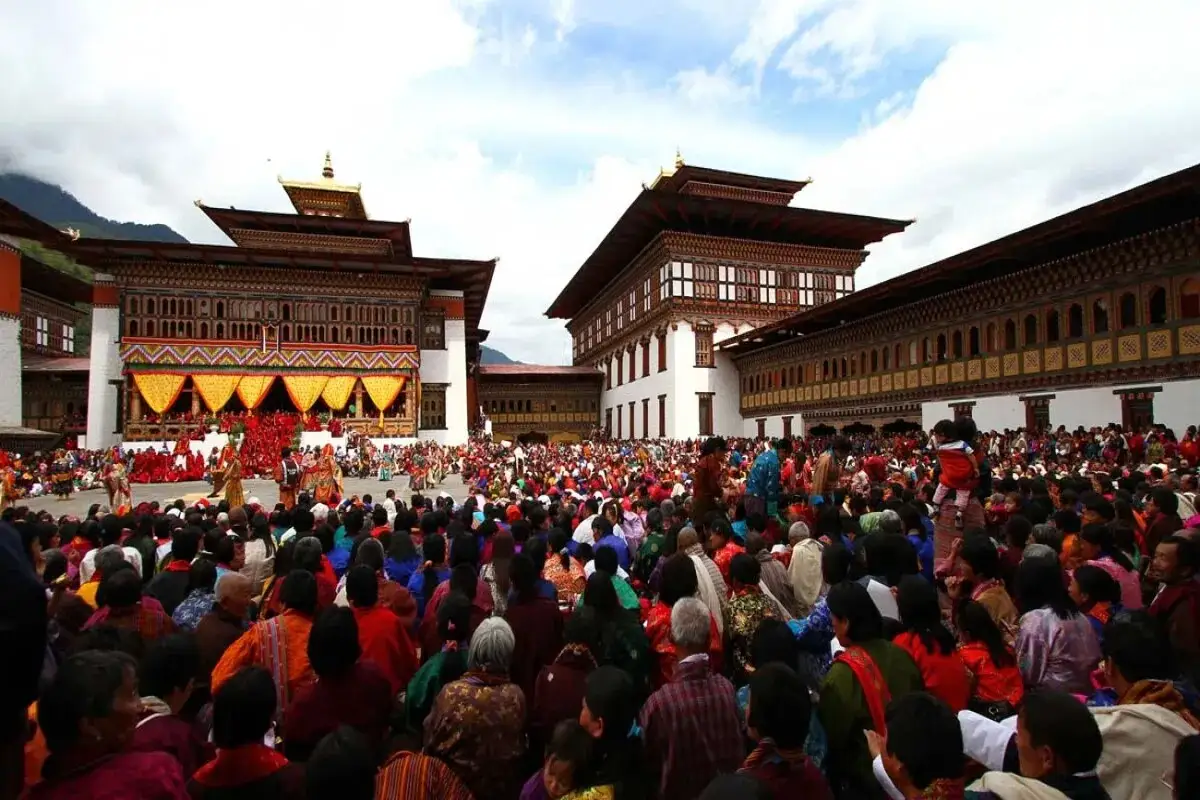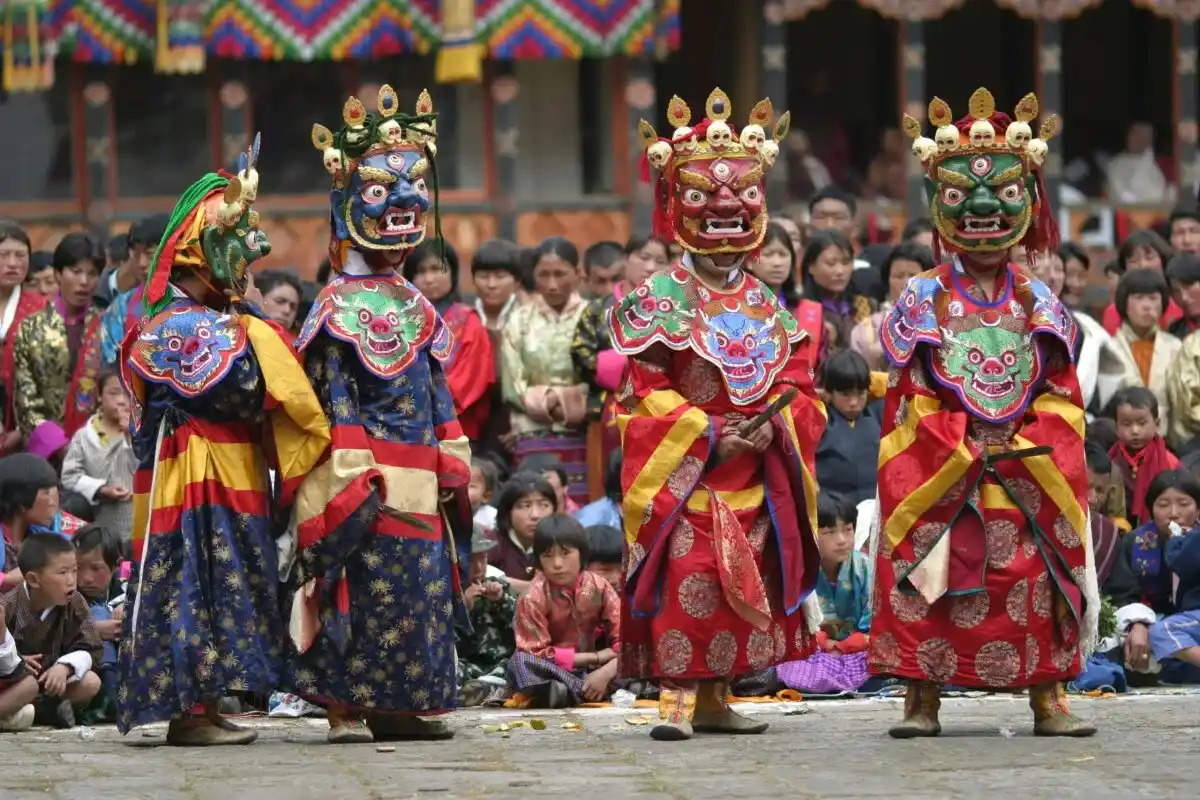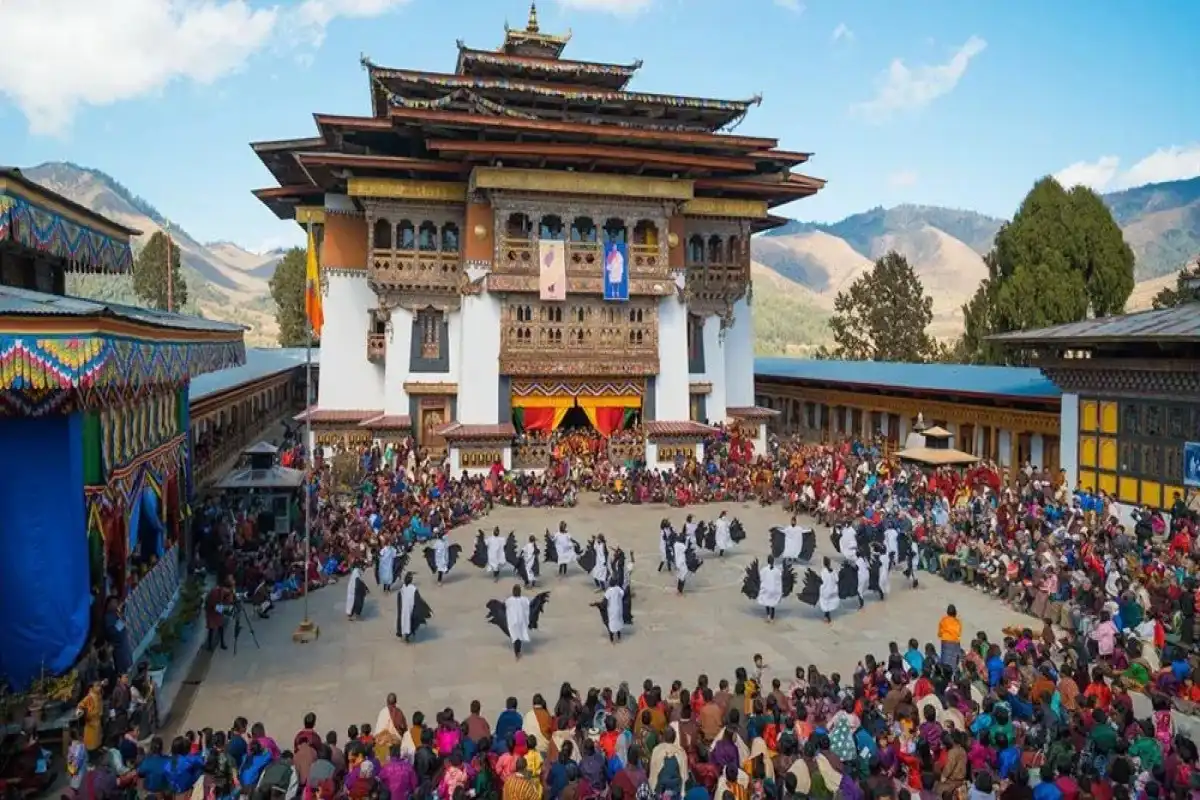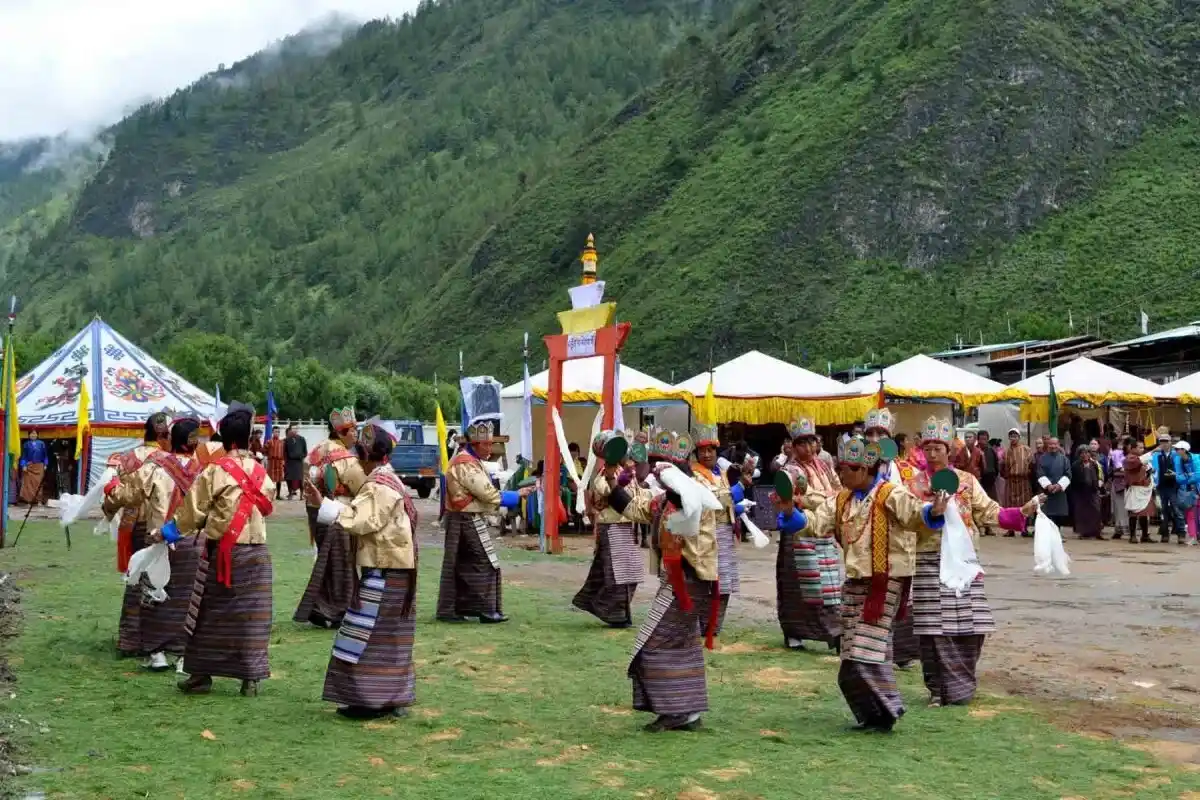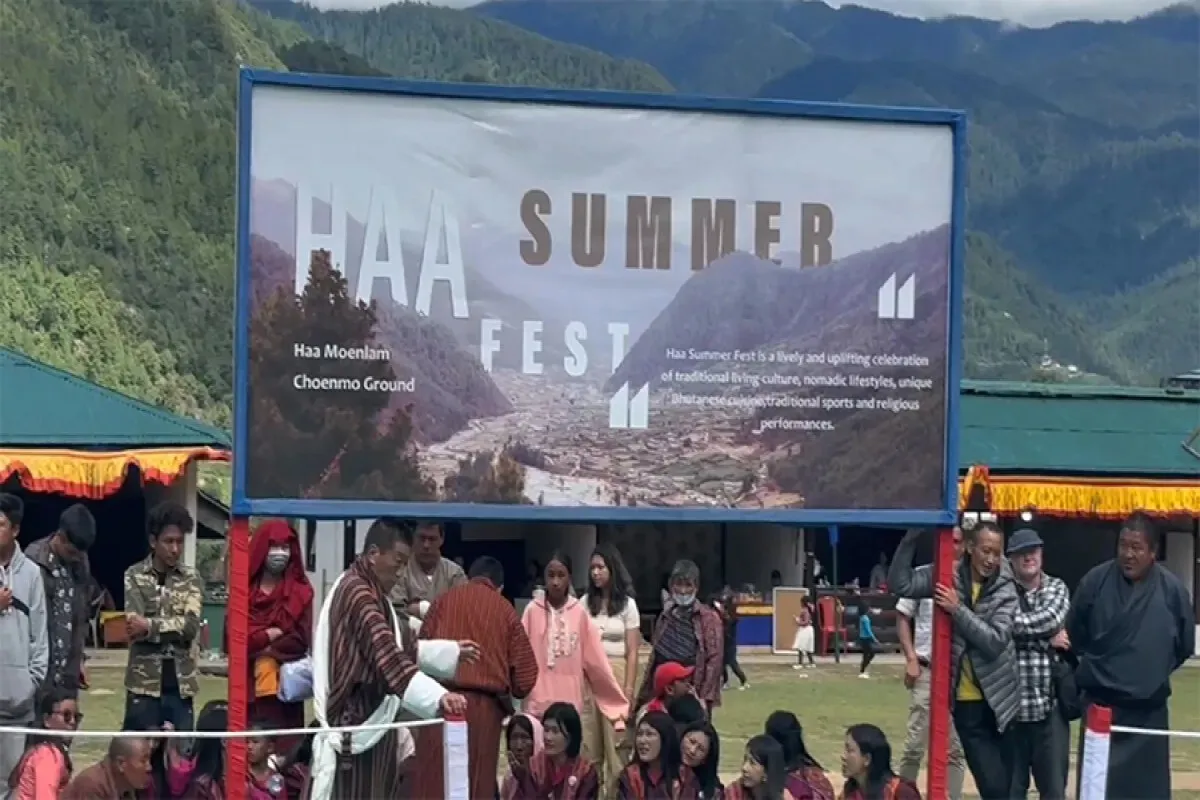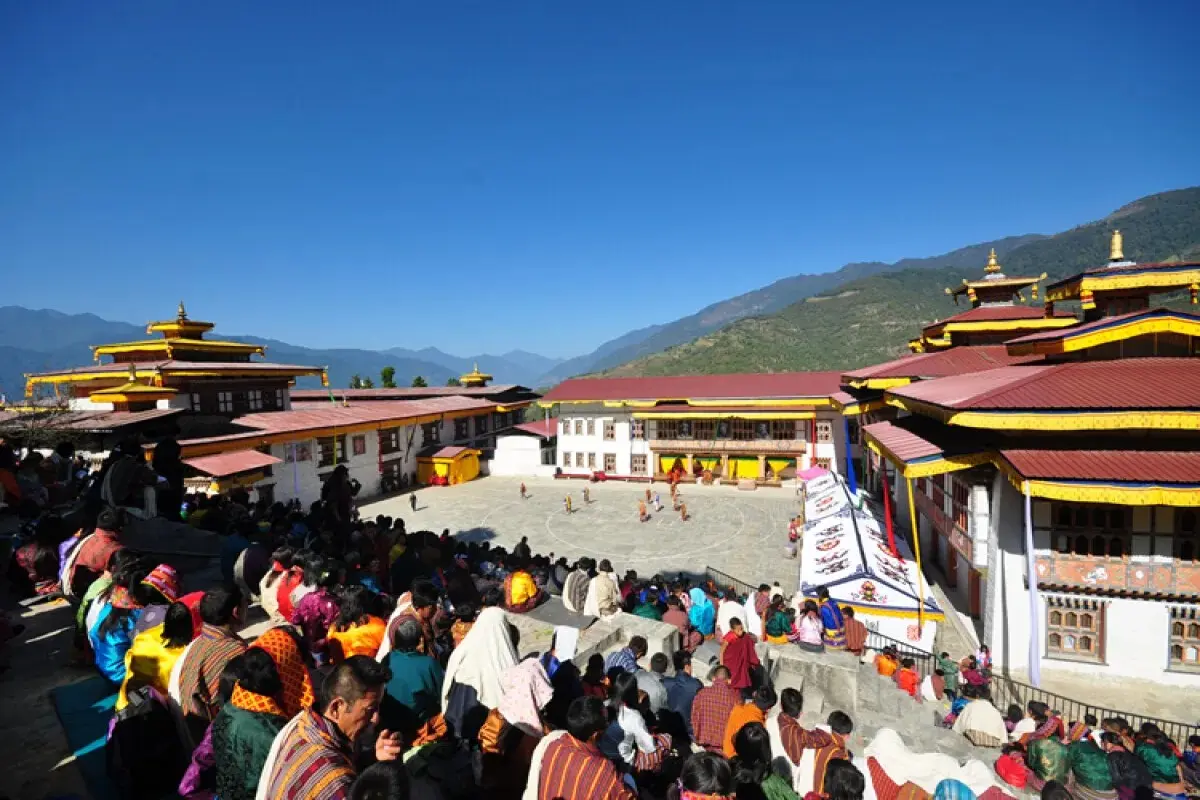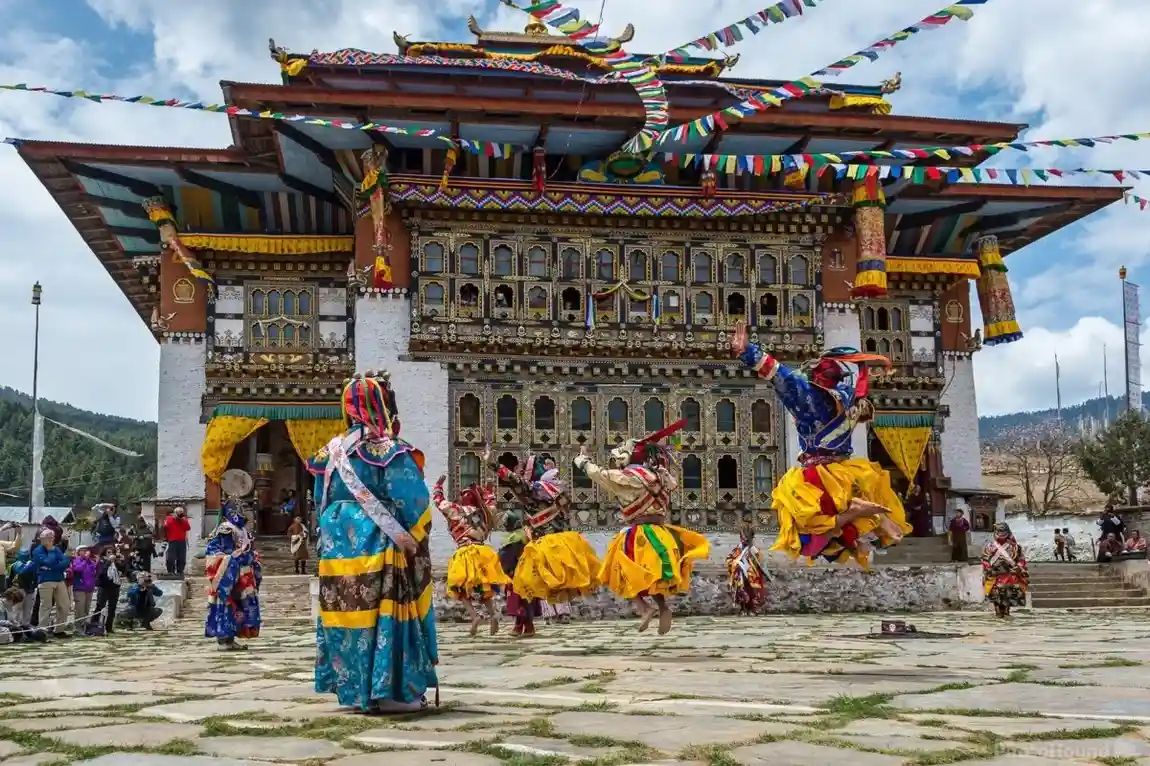Lhuntse Festival Tour - 8 Days
Lhuntse Festival Tour is an 8-day-long tour that invites all tourists to come and immerse themselves in the deeply rooted culture and spirituality of Bhutan. Combining ancient Bhutanese rituals, dances, and authentic rural life provides a rare sight of Bhutanese untouched culture and tradition. Along the way, visitors will also explore iconic places such as the Tiger’s Nest Monastery, Punakha Dzong, Gangtey Valley, and the colorful Haa Summer Festival.
Highlights
- Experience the Sacred Lhuntse Tshechu
- Explore Khoma Village and Witness Handwoven Kira and Gho Production
- Visit Chakar Lhakhang and Singye Dzong's Spiritual Pathways
- Traverse Bhutan’s Remote Eastern Valleys
- Participate in Cultural Exchanges and Interact with Locals
Trip Overview
The Lhuntse Festival Tour allows you to unlock the mystical northeast of Bhutan, which is immersed in history, bursting with colorful festivals, and renowned for exquisite textiles. This tour is set to take you deeper into Bhutan than previous tours, with an eight-day journey which will enable you to spiritually engage with the country in the Lhuntse Tshechu culture by participating in its Buddhist festival held at the Lhuntse Dzong. Unlike most tourist places that offer jumbled experiences, Lhuntse Valley boasts astonishing rural Bhutanese life. The festival is spiritually significant as it also features powerful Cham dances and deep spiritual communal joy while celebrating the teachings of Guru Rinpoche, depicting Bhutan's devotion to Vajrayana Buddhism.
Highlights of the Lhuntse Tshechu Festival
The Lhuntse Tshechu festival is one of the popular festivals of Bhutan where , you will get to explore the culture and traditions of the Bhutnese people. You can visit various monastries and experience the lifestyleof locals in Bhutan.
Experience the Sacred Lhuntse Tshechu
You can experience one of the most reserved festivals of Bhutan, the beautiful Lhuntse Festival, in a remote part of Bhutan. This festival features masked dance along with monks chanting and many fun events.
Explore Khoma Village and Witness Handwoven Kira and Gho Production
You can visit the Khoma Village and witness the handwoven kira and gho production there. It is a place where women are mostly found doing Kira and Gho. This place is also famously known for these things.
Visit Chakar Lhakhang and Singye Dzong's Spiritual Pathways
Explore the famous Chakar Lhakhang, which is mostly popular and associated with the Tibetan kings of the past. You can also visit the Singye Dzong, which is also considered the spiritual pathway for the local people there.
Traverse Bhutan’s Remote Eastern Valleys
Travel along the less-traveled and less-explored rural valleys of Bhutan. Visiting these places will give you enjoyment as well as insights into the rural areas and about Bhutan itself.
Participate in Cultural Exchanges and Interact with Locals
When you travel through the rural places of Bhutan, you can see the monks chanting prayers and interact with the locals themselves, along with savouring the tasty delicacies made by them. You can interact with the local people to get more knowledge about their lifestyle and how they are immersed in their work.
When Does the Lhuntse Festival Take Place?
This year, in 2025, this festival is marked in October. However, this date changes every year, depending on the Bhutanese lunar calendar, which guides all the religious activities and festivals of Bhutan. Also, October is considered the most favourable month to travel to Bhutan as the monsoon has clear skies and clouds, with green valleys and blooming autumn flowers. During this festival’s time, the Lhuntse Valley comes alive with a lot of joy. The days are pleasantly warm while the nights invite cozy traditional homes and hot butter tea. Planning a trip to Bhutan will be most suitable for every traveller.
Bhutan’s Weaving Legacy
Bhutan’s textile tradition is one of the richest cultural heritages in the Himalaya, and Lhuntse is considered its birthplace. The Khoma Village is popular for weaving the Kira and Gho. The Gho is mostly worn by men, and the Kira is the traditional dress worn by the females of the country. However, both are seen woven by the female locals of the community. The weavers of Khoma produce textiles that are not only vibrant and detailed but also carry spiritual significance. The preservation of ancient techniques of using natural dyes and handspun threads. Exploring this legacy will provide you with deep knowledge and insights about the Bhutanese culture.
Nature, Villages & Sacred Monasteries Along the Way
Traveling through places like Mongar and Lhuntse reveals some of the most untouched beauty of Bhutan. The landscape, the green valleys, and the monasteries and temples present here provide you mesmerising view of each place which you’ll forever lock inside your memory book. The region’s remote dzongs, Buddhist lhakhangs, and timeless villages reflect an immersive glimpse into traditional life. This journey to Lhuntse Valley is not just a road trip.it's a trip that ties you to the beauty of Bhutan.
Spiritual Rituals & Cultural Immersion at the Festival
The Lhuntse Festival, or Lhuntse Tshechu, is one of the deeply sacred celebrations that is performed at the historical Lhuntse Dzong. This festival features Bhutan's spirituality and rich cultural traditions. The key parts of the festival are Cham dances done by the monks to purify and bless the region. The air is rich with the smoke from spiritual incents, the beat of drums, and the chanting, which blends in a harsh yet calming spirit. Villagers are dressed in bright Khoma village hand-woven garments. This festival enriches the travelers and the tourists through sacred rites and community engagement in Bhutanese heritage and faith, offering glimpses into the land’s treasured customs.
Conclusion
These 8-day festival tours invite all of you to see and feel the culture and authenticity of Bhutan. From each dance to interaction with local people, every instance unlocks the door to the beautiful culture of Bhutan. Whether you are an experienced traveller or new to Bhutan, this tour provides you with an exclusive opportunity to witness the culture and tradition of Bhutan. Visit Lhuntse to dive yourself in a culture rooted in simplicity, devotion, and remarkable resilience.
The Lhuntse Festival Tour allows you to unlock the mystical northeast of Bhutan, which is immersed in history, bursting with colorful festivals, and renowned for exquisite textiles. This tour is set to take you deeper into Bhutan than previous tours, with an eight-day journey which will enable you to spiritually engage with the country in the Lhuntse Tshechu culture by participating in its Buddhist festival held at the Lhuntse Dzong. Unlike most tourist places that offer jumbled experiences, Lhuntse Valley boasts astonishing rural Bhutanese life. The festival is spiritually significant as it also features powerful Cham dances and deep spiritual communal joy while celebrating the teachings of Guru Rinpoche, depicting Bhutan's devotion to Vajrayana Buddhism.
Highlights of the Lhuntse Tshechu Festival
The Lhuntse Tshechu festival is one of the popular festivals of Bhutan where , you will get to explore the culture and traditions of the Bhutnese people. You can visit various monastries and experience the lifestyleof locals in Bhutan.
Experience the Sacred Lhuntse Tshechu
You can experience one of the most reserved festivals of Bhutan, the beautiful Lhuntse Festival, in a remote part of Bhutan. This festival features masked dance along with monks chanting and many fun events.
Explore Khoma Village and Witness Handwoven Kira and Gho Production
You can visit the Khoma Village and witness the handwoven kira and gho production there. It is a place where women are mostly found doing Kira and Gho. This place is also famously known for these things.
Visit Chakar Lhakhang and Singye Dzong's Spiritual Pathways
Explore the famous Chakar Lhakhang, which is mostly popular and associated with the Tibetan kings of the past. You can also visit the Singye Dzong, which is also considered the spiritual pathway for the local people there.
Traverse Bhutan’s Remote Eastern Valleys
Travel along the less-traveled and less-explored rural valleys of Bhutan. Visiting these places will give you enjoyment as well as insights into the rural areas and about Bhutan itself.
Participate in Cultural Exchanges and Interact with Locals
When you travel through the rural places of Bhutan, you can see the monks chanting prayers and interact with the locals themselves, along with savouring the tasty delicacies made by them. You can interact with the local people to get more knowledge about their lifestyle and how they are immersed in their work.
When Does the Lhuntse Festival Take Place?
This year, in 2025, this festival is marked in October. However, this date changes every year, depending on the Bhutanese lunar calendar, which guides all the religious activities and festivals of Bhutan. Also, October is considered the most favourable month to travel to Bhutan as the monsoon has clear skies and clouds, with green valleys and blooming autumn flowers. During this festival’s time, the Lhuntse Valley comes alive with a lot of joy. The days are pleasantly warm while the nights invite cozy traditional homes and hot butter tea. Planning a trip to Bhutan will be most suitable for every traveller.
Bhutan’s Weaving Legacy
Bhutan’s textile tradition is one of the richest cultural heritages in the Himalaya, and Lhuntse is considered its birthplace. The Khoma Village is popular for weaving the Kira and Gho. The Gho is mostly worn by men, and the Kira is the traditional dress worn by the females of the country. However, both are seen woven by the female locals of the community. The weavers of Khoma produce textiles that are not only vibrant and detailed but also carry spiritual significance. The preservation of ancient techniques of using natural dyes and handspun threads. Exploring this legacy will provide you with deep knowledge and insights about the Bhutanese culture.
Nature, Villages & Sacred Monasteries Along the Way
Traveling through places like Mongar and Lhuntse reveals some of the most untouched beauty of Bhutan. The landscape, the green valleys, and the monasteries and temples present here provide you mesmerising view of each place which you’ll forever lock inside your memory book. The region’s remote dzongs, Buddhist lhakhangs, and timeless villages reflect an immersive glimpse into traditional life. This journey to Lhuntse Valley is not just a road trip.it's a trip that ties you to the beauty of Bhutan.
Spiritual Rituals & Cultural Immersion at the Festival
The Lhuntse Festival, or Lhuntse Tshechu, is one of the deeply sacred celebrations that is performed at the historical Lhuntse Dzong. This festival features Bhutan's spirituality and rich cultural traditions. The key parts of the festival are Cham dances done by the monks to purify and bless the region. The air is rich with the smoke from spiritual incents, the beat of drums, and the chanting, which blends in a harsh yet calming spirit. Villagers are dressed in bright Khoma village hand-woven garments. This festival enriches the travelers and the tourists through sacred rites and community engagement in Bhutanese heritage and faith, offering glimpses into the land’s treasured customs.
Conclusion
These 8-day festival tours invite all of you to see and feel the culture and authenticity of Bhutan. From each dance to interaction with local people, every instance unlocks the door to the beautiful culture of Bhutan. Whether you are an experienced traveller or new to Bhutan, this tour provides you with an exclusive opportunity to witness the culture and tradition of Bhutan. Visit Lhuntse to dive yourself in a culture rooted in simplicity, devotion, and remarkable resilience.
Short Itinerary
Land in Paro and drive to Thimphu. Visit Tamchog Lhakhang ,explore Clock Tower Square, and get a festival briefing.
Explore Thimphu: Visit Buddha Dordenma, Tashichho Dzong, Memorial Chorten, and Folk Heritage Museum
Drive to Punakha. Visit Punakha Dzong and walk across the Suspension Bridge.
Travel to Gangtey. Stop at local craft centers, visit Gangtey Monastery, and hike the Gangtey Nature Trail.
Return to Paro . Visit Kyichu Lhakhang and enjoy a relaxed evening in town.
Day trip to Haa Valley . Experience the Haa Summer Festival and return to Paro.
Hike to Tiger’s Nest Monastery (Paro Taktsang). Enjoy a hot stone bath and traditional Bhutanese cultural dinner
Last-minute shopping or visit the National Museum. Depart from Paro .
Lhuntse Festival Tour Itinerary
After you arrive in Paro, you’ll be greeted by your tour guides, and shortly you’ll be taken to Thimphu. Thimphu is the vibrant capital city of Bhutan. This drive is about a 1.5-hour drive with scenic views along your way. You’ll get to make a stop at Tamchog Lhakhang, which is a temple dedicated to an iron bridge builder, Thangtong Gyalo. This place is a beautiful and peaceful viewpoint along the Paro Chuu river. After you reach Thimpu, you can check in and rest in your hotel room. In the evening, you can take a walk around the Clock Square Tower to shop for things you want to take from here as a souvenir. You can explore local handicraft shops or grab a traditional tea in a cozy cafe. After returning to your hotel, you can end your day by getting a short briefing about the festival from your guides.
Today, you will explore Thimphu for the whole day. In Thimphu, modern things coexist with the ancient culture, which is very soothing to watch. You can start your day by visiting the beautiful Buddha Dordenma. This is a 51-meter-tall bronze statue that looks over the city. Next, you can visit the Tashichho Dzong. This is Bhutan’s administrative and monastic Dzong. The architecture here is striking, and the Dzong also houses the throne room of the king. From here, you can head towards the National Memorial Chorten, where the locals spin the prayer wheels and make wishes for themselves and others. In the afternoon, you can visit the Folk Heritage Museum, where students practice and try to conserve the traditional culture of Bhutan.
This day offers a variety of changes in elevation and scenery. After leaving Thimphu, you will get the opportunity to climb through dense forests and reach the iconic Dochula Pass, which is 3,100m high, marked by 108 memorial stupas. You will get to see the breathtaking views of the Eastern Himalayas before going into the Punakha Valley. The road goes on being warm and green as you pass through each curve of the road present there. After you reach Punakha, you'll get a chance to go to Punakha Dzong. This Dzong is very famous for its architecture and the work of marvels here. This Dzong is present at the junction of two rivers and is very pleasing to watch. The perfect mix between mountain passes and peaceful valley roads makes this ride especially memorable. After visiting the Dzong, you can walk across the punakha Suspension Bridge and enjoy the riverside views
On this day, you’ll go towards the Phobjikha Valley. Phobjikha Valley is one of the most beautiful and ecologically glacial valleys. On your way, you can stop at the Wangdeu Phodrang, where you can explore the traditional handworks and bamboo crafts made by the local people living there. As you move towards Gangtey, visit the Gangtey Monastery, which is a Nyingmapa Buddhist center surrounded by spectacular views. In the late afternoon, you can take a walk along the Gangtey trails, which offer a beautiful view of grazing yaks, traditional homes, and glimpses of some rare birds during the winter. The peacefulness in the valley will provide an explicit view of nature to all nature lovers. You can spend your night at your hotel with warm and hearty Bhutanese traditional dishes.
After an early breakfast, you need to depart for Paro for your further days. You can again experience the scenic landscapes and valleys that you’ve come through. You can again drive in the beautiful landscape of Dochula Pass and have lunch there for one last time in your journey. After reaching Paro, you can visit the sacred Kyichu Lhakhang, which has been there since the 7th century. This place holds a lot of spiritual energy and is believed to destroy all the negativity within yourself. In the evening, you can take a short walk and explore the town before the festive part of the journey starts.
Set off early for a day trip to Haa Valley, one of the most remote areas in Bhutan, which can be reached by travelling through the Chelela Pass. The Chelela Pass is the highest motorable pass in the country, located at an elevation of 3,988 m. Enjoy the beautiful views of Mount Jomolhari on a clear day alongside fluttering prayer flags on the cliffs. Your visit coincides with the Haa Summer Festival 2025, an energetic showcase of awesome culture, nomadic life, and the warm hospitality of Bhutan. Get immersed in folk dances, yak displays, archery contests, and feasts of the highlands. Interact with the Haap people, along with trying their amazing highland dishes. You'll also have the opportunity to see the lifestyle of these people coinciding with nature and resilience. In the late afternoon, return to Paro where you stay overnight.
Today is the main highlight for some of the travellers. Today, you’ll be travelling towards the Paro Taktsang. This is also known as the Tiger’s Nest Monastery. This is a clinging cliff that is over 900 meters above the ground. Here, Guru Ripoche is believed to have meditated in the 8th century. This hike takes about 2-3 hours each way in travelling. With some scenic viewpoints and a cafe in between, you can take a rest or grab some food in between of the hike. Return to Paro by afternoon and relax with a hot stone bath, known for its therapeutic benefits. In the evening, enjoy a cultural dinner featuring local dishes, music, and possibly a traditional dance performance.
You can go for some last-minute shopping in Paro, depending on the time of your flight. If you have already completed all your shopping, you can go to see the National Museum of Bhutan, which is located in the historic Ta Dzong. After visiting, you can return to your hotel, now you will be taken to the airport by your guides after having a heart-warming farewell. With the cultural and spiritual insight of Bhutan, you’ll be leaving this place with a heavy heart and lots of respect for the place.
Know Before You Travel
-
Significance:
The Lhuntse Tshechu is a festival deeply rooted in the culture of Bhutan. It is held in the courtyard of Lhunste Dzong. It is rooted in the Vajrayana Buddhism, and this festival celebrates the teachings of Guru Rinpoche, who brought Buddhism to Bhutan. This festival is followed by many dances and chanting of the monks. Each dance performed in this festival shows the sign of victory of wisdom over ignorance and evil. The devotees who are witnessing this festival believe that this is an act of faith and is supposed to purify the soul of the individual.
Lhuntse Festival Tour Map
Download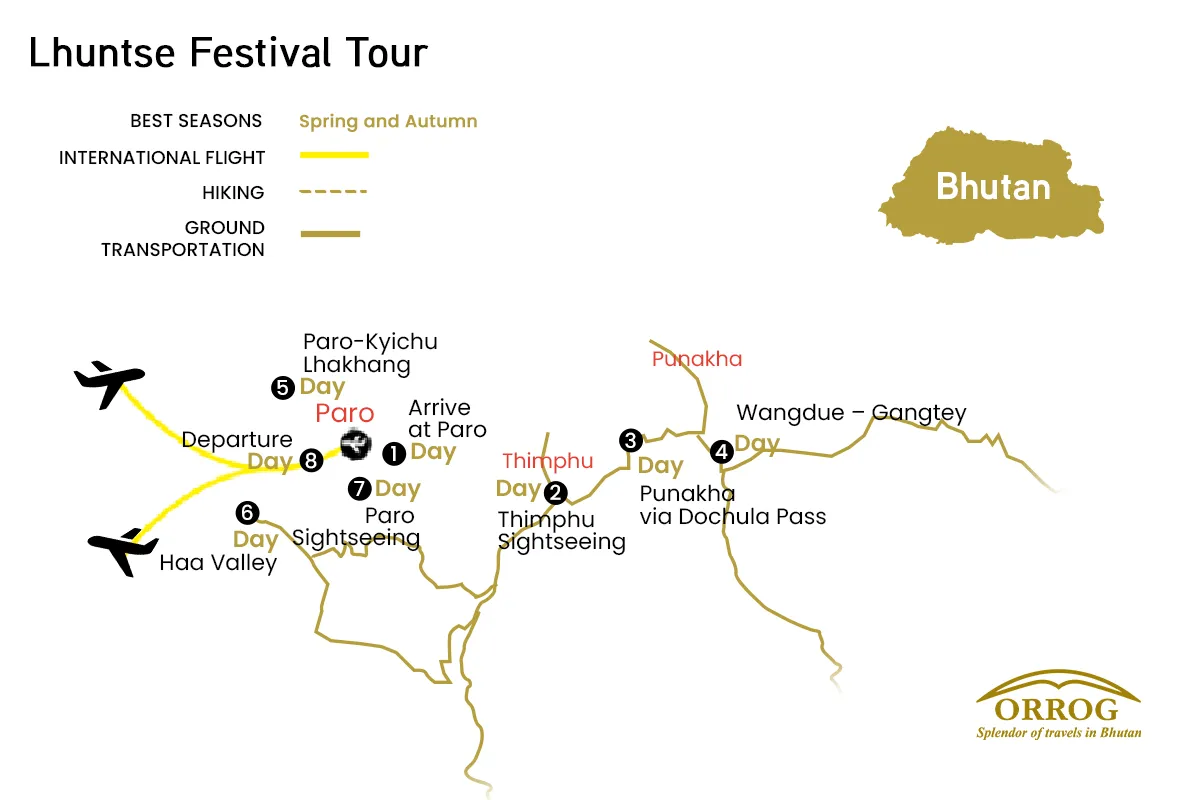
FAQs for Lhuntse Festival Tour
The Lhuntse Festival 2025 is expected to occur in October. The exact dates will be decided according to the Bhutanese lunar calendar.
Accommodation is generally in the rural areas, so the places aren’t that fancy but are modest and all with a beautiful environment.
Yes! The highlight of the Lhuntse Festival is the Cham dances. These sacred performances are held in the dzong courtyard and involve monks wearing colorful masks and robes, accompanied by spiritual music and chanting.
The tour includes textile visits to Khoma village, monastery explorations, hikes to sites like Tiger’s Nest, participation in the Haa Summer Festival, and many local interactions in villages and markets across Bhutan.
The Lhuntse Tshechu is open to all. International and domestic tourists are welcome to attend.
Yes, but it’s manageable. The only hard hike present in this trip is the Tiger’s Nest hike, which takes about 2-3 hours. The others are all easy trails to walk.
You need a visa and all necessary permits for your trip. These documents can not be received on the day of your arrival, so they must be processed before coming here. After you book a trip with us, we will manage these papers for you. Your Bhutan visa is arranged by Orrog as part of the package.
The main way to come to Bhutan is through Paro International Airport, which is well-connected to cities like Bangkok, Delhi, Kathmandu, and Singapore. Most people arrive by air, but if you plan to come via road, you can enter through Phuentsholing, located on the southern border with India, which is the most commonly used entry point.
It is recommended to apply for the visa at least 20 days before your planned departure date so that there is enough time for processing your Bhutan visa, finalizing your itinerary, and arranging your guides and transportation. Although visa processing itself is relatively fast once payment is received, early preparation helps avoid delays and ensures availability, especially during peak seasons (spring and autumn).
You don’t require a passport-size photo for the visa, but it is wise to carry at least 2–4 recent passport-sized photographs during your trip. These may be needed for local permits, registration, or when applying for a local SIM card upon arrival in Bhutan.
Yes, you can lengthen your stay in Bhutan either before or after your trip. Bhutan’s tourism model requires visitors to pay a Sustainable Development Fee (SDF) and a daily package cost, so any extra days will involve additional charges. Extensions are a great opportunity to explore cultural sites in Paro, Thimphu, or even add another short trip or day hike.
Yes, Bhutan requires full tour payment in advance before your visa can be processed and issued. The government of Bhutan regulates this policy to ensure that all travel arrangements are confirmed through a licensed Bhutanese tour operator. We are a licensed tour operator that ensures you have everything you need for a trouble-free trip.
Any personal expenses are not covered in the package like:
- Tips for your guide and other staff
- Bottled drinks and snacks(personal expense)
- Souvenirs or local crafts
Credit cards are easily accepted in major cities like Paro and Thimphu. But in remote areas, you may not have access to a card or an ATM. So, it is best to carry some cash before heading for the trip.
Tipping is not mandatory, but it is a widely appreciated gesture and a customary way to show gratitude for good service. The tipping guideline would be to give USD 5-10 per day as a tip for the guides and other staff.
Paro International Airport is the only international airport in Bhutan. It is well connected by flights from cities like Bangkok, Delhi, Kathmandu, and Singapore.
Yes, airport pick-up and drop-off are included in the package. We will have your guide and driver meet you at the airport and transport you to your hotel.
While Bhutan's roads are mostly paved, some parts are narrow, winding, and occasionally affected by weather. However, we ensure your travel is safe, well-maintained, and driven by an experienced professional throughout the journey.
Yes, it is very safe to travel even with children in Bhutan. Roads are well-maintained, and the pace of travel is generally relaxed and child-friendly.
We will usually travel in comfortable, private vehicles with experienced drivers. All ground transportation is included in your package.
The Bhutanese Ngultrum is used in Bhutan. All local transactions during the trip will be in BTN.
US Dollars (USD) are generally accepted at larger hotels, souvenir shops, and tour operators, particularly in Paro and Thimphu. However, it’s advisable to convert your currency to BTN for general purchases in rural areas. Other currencies like the Euro or the Pound are not commonly accepted directly.
No, credit or debit cards are not accepted on the trip, as it takes you through remote regions with no banking or electronic payment access. All trip-related payments like accommodation, meals, permits, etc, are paid in advance.
You can exchange foreign currency at the Paro International Airport, at banks, or through licensed money changers in cities like Thimphu and Paro. It's best to exchange enough cash before heading out on the trip.
The national language is Dzongkha, but many Bhutanese also speak English. If you speak English and are worried about communicating with the local people, you will have your guide as a translator.
Yes, all licensed tour guides in Bhutan are required to speak fluent English. Many are also trained in other languages such as German, Japanese, or French. Communication during the trip will be smooth and clear in English.
Most signboards, tourist maps, and information brochures are written in English, especially in tourist destinations like Paro, Thimphu, and trailheads. Directional signs along routes are often labeled in both Dzongkha and English.
No, learning Dzongkha is not at all needed for the trip, but knowing a few basic words like "Kuzu zangpo la" (Hello) or "Kadrinche la" (Thank you) is a good way to interact with the locals.
Language barriers are minimal, as your guide will handle all communication with locals and support staff. Your guide will translate for you during your interaction with the locals.
To greet people, you can greet with locals “Kuzu zangpo la” (Hello) by performing a slight bow. Most common greetings include physical greetings, such as shaking hands less visible, especially in rural areas.
Yes, but remember to seek permission, especially when taking photos of monks, locals, or temples. Please note that clicking photos is not allowed at most religious sites.
Visitors should dress modestly and respectfully. This means:
- Covering shoulders and knees
- Removing hats and sunglasses
- Not wearing shorts or sleeveless tops
This applies to both men and women.
Yes, Bhutanese society is deeply rooted in Buddhism and tradition. Here are some key taboos:
- Do not point your feet at people or sacred objects
- Never touch anyone on the head, as it is considered sacred
- Walk clockwise around temples, stupas, and religious monuments
- Avoid public displays of affection
While gifts are not expected, they may be accepted graciously if given with respect. It is advisable to consult with the guide before giving out anything.
Bhutan typically uses Type C, Type D, and Type G electrical outlets. Standard safe voltage is 230V and frequency is 50Hz; therefore, ensure that your equipment is compatible with this voltage.
Indeed, it is highly advised to take along a universal travel adapter, particularly one to fit a variety of types of plugs, because plugs can be different in a hotel or a guesthouse.
Bhutan follows Bhutan Time (BTT), which is UTC/GMT +6 hours. This time zone remains consistent throughout the year.
No, Bhutan does not observe daylight saving time. The country maintains the same time year-round.
Bhutan is 30 minutes ahead of India. For example, 12:00 PM in India is 12:30 PM in Bhutan.
Yes, souvenirs can be bought in Paro or Thimphu before or after the trip.
Some popular souvenirs include hand-woven textiles (kira and gho fabric), prayer flags, thangka (religious scroll) paintings, handmade paper products, traditional masks, and Buddhist artifacts.
You can do some gentle bargaining in local street markets. However, in government-run shops and fixed-price stores, prices are usually non-negotiable.
Only some larger shops in cities like Paro and Thimphu accept credit cards. The remote areas might not have a card payment option, so we suggest that you carry some cash.
Yes, you can easily purchase a SIM card upon arrival in Bhutan. We will assist you with the process, and you'll need a passport copy and a passport-sized photo.
No, internet access is not available during the trip. However, Wi-Fi is available in hotels in Paro and Thimphu before and after the trip.
B-Mobile (by Bhutan Telecom) and TashiCell are the two main service providers. B-Mobile tends to have better coverage in rural and mountainous areas
Since the weather can be unpredictable and temperatures can vary drastically, layered clothing is essential. You should pack:
- Base layers (thermal tops and bottoms)
- Insulating layers like fleece or down jackets
- Waterproof and windproof outer layers
- Warm hats, gloves, and neck gaiters for freezing conditions
- Moisture-wicking socks and weatherproof trekking boots
Nighttime temperatures can be extremely cold, especially at high-altitude places. So you need to have enough clothing to keep you warm.
The weather is clear with mild daytime temperatures during spring and autumn.
Tsechu is a religious festival held in honor of Guru Rinpoche, featuring mask dances, rituals, and traditional performances. It's a colorful and spiritual experience for all ages.
Yes, festivals are family-friendly and offer a unique cultural experience for children, although large crowds can be overwhelming for very young kids.
Modest, respectful attire is recommended. Traditional Bhutanese dress (Gho/Kira) is encouraged and can be arranged for you.
Yes, all tours include certified, English-speaking guides who are knowledgeable in Bhutanese history and culture.
You can learn about the Bhutanese culture through local interactions, homestay visits, cooking classes, traditional art workshops, and attending local festivals and religious ceremonies.
Reviews & Ratings
-
Guarantee -
Thimphu,Bhutan -
975+17160228
Ready to Explore Bhutan?
Start your journey today and discover the magic of Bhutan with our expert guides and carefully crafted tours.
Book This Trip
-
No booking or credit card fees -
Best price guarantee -
Full customize trip
Ask a Question
Feel free to ask us anything about this tour. A travel expert will then get back to you as soon as possible
Ready to Explore Bhutan?
Start your journey today and discover the magic of Bhutan with our expert guides and carefully crafted tours.
